”Question why anyone would be interested in this picture?
What should be excluded or included to make it a better picture?“
– Barney Edwards.
Where did you grow up?
In my head, on the road, to a soundtrack.
04:00 Pre- Dawn. Sinai Desert. Cold. Dark. The door of our tin roofed Nissan hut thrown open wide.
Shoal, a massive, Romanian-Israeli Army Dive Master towered over us, in Buddy Holly specs, accompanied by his growling Alsatian bitch.
Shouting in broken English and Israeli.
When Shoal shouted you jumped …‘English ….you will report to the dive centre at five.
If you’re late you fail.
Any kit missing you fail.
Any kit malfunction you fail.
Any mistakes today you fail.’
The moon outside the left open door shone bright white in the blue black sky – as we went down to the waterline I was listening to my Walkman…Sultans of Swing.
Before that, Jesuit boarding school, from the age of seven.
Cut to an angry father, face twisted in sadness and fury.
Waving the letter expelling me from school.
His son was a hopeless case they said ‘This boys demeanour and attitude could only be described as consistently, constantly totally agin’ the government!’
Another brick in the wall…
From then on, I was on the run from the men in black.
Instead I read books, like ‘The Outsider’ by Colin Wilson.
It changed my life. My image making too.
My life became a journey.
The camera my passport.
I read ‘On the Road’ by Kerouac and went off exploring worlds and music…like Jimi on a Walkman.
Reading, I studied history, art and life.
Movies made me question things…
I learned early; if you want to learn, keep movin’, journeys are the key.
Changing landscapes unveil knowledge and photo opportunities.
Sony Walkman affected the images. Orchestrating the soundtrack to the road movie of my life on the road.
A camera is an excuse to be somewhere you don’t belong.
Mixing sound and vision seeds different ways of interacting with the world.
In the film clip below, sound and vision explore the psychic space I grew in.
Many of the ‘anthem’ – sound tracks to Vietnam came from London.
I slip films and music tracks in because words alone wouldn’t give the full context of my creative ‘growing up’, some software would be missing.
Things had an edge back then – an honesty and an excitement.
Things felt new then – I guess because much of it was.
Life has a soundtrack.
Stop and listen long enough, you hear it.
Music was the back beat of the culture I found myself in.
The era was noisy, visually original and adventurous.
Morphing into mixes of images, sounds, t.v. and film experiences and memes like … ‘All You Need Is Love’.
Media washed over our senses.
I became fascinated by media .
Advertising was a new frontier of communications.
Stills photography defined the time, with a new breed of young photographers, mainly working class, anti-establishment types with notable record collections, played on serious, fuck off stereo systems to create a studio’s ambiance.
A good assistant organised the music, mixing an ‘atmos’ track capturing the feel of the time.
Working in that world encouraged me to mix, words, images and music. Symbiotically. Leading to me becoming a film maker.
When did you take your first picture?
On a Graphics course.
The lecturer said ‘Instead of drawing badly, maybe you should shoot pictures?’
He gave me a beaten up old Praktika.
He set the shutter speed, F stop and loaded the film for me, then sent me out to wander the streets, and off I went to point, focus, shoot and keep moving.
It turned me into a ‘reportage’ photographer.
The first day I shot an ugly, slavering Bull Dog jumping a back-yard fence to bite me.
Next, runny-nosed street urchins wearing short trousers and dirty shoes.
They’d pinched some old mattresses from a rubbish tip and were piling them up outside a derelict building, then they jumped onto them from a broken second floor window. Fearless!
The lecturer looked at the contact sheet, scratched his grey head and said ‘There’s
nothing here that relates to your course work?’
‘What was out there was more interesting’ I said.
He smiled and said ‘Aha! So you’re a seeker of truth then?’
Did you switch to a photography course?
There wasn’t a photography course, but they did have a dark room.
That wise old lecturer taught me how to use a camera, how to shoot process and print pictures.
All in his own time.
A gift.
Until I was fired, again, for not concentrating on the graphics.
Education and I never saw eye to eye.
I left school with no paper-work to show my passage.
But that teacher did his job well.
‘No matter what anybody tells you, words and ideas can change the world.’ John Keating – ‘Dead Poets Society.’
I left the old guy’s tutelage with a life changing skill.
He changed my life.
What was your first, non-photography job?
When I was a teenager they had a ‘means test’, for students applying for further education.
I applied to Art School, but my Father’s income was too large for me to be eligible for a grant.
He was Ex-Royal Navy, and didn’t want me at Art School ‘rubbing shoulders with a bunch of ‘pansy, nancy boys!’.
So he wouldn’t pay.
I left home.
It was summer, so I bought a tent; and went to live on the river bank on the
outskirts of town, near a large Courtauld’s factory.

The chimneys of chemical factories get clogged, with all that waste that
gathers at the end of flues. Each day the ‘heavy gang’ climbed the towers to jackhammer off the build up, it was like concrete.
I joined the ‘heavy gang’, we shovelled and pushed wheel barrows full of chemical waste along the tunnels, tipping them into huge steel buckets. The buckets of this warm sloppy mess were then lifted onto dumper trucks, waiting above ground.
We were the highest paid labour in the factory.
It was dangerous.
I still carry the scars.
But in one summer I made enough to live on for the next couple of terms.
At the end of that summer I got myself a bed sit and never lived at home again.
How did you switch from news agency photography to high-end commercial work?
I was on the road, working freelance for a London News Agency, and anyone else who’d have me. A wandering hippy with a camera, looking for adventure, a ‘Rider of the storm’.
I met a lady in London, fell in love and gave up my wandering ways, but it left it’s mark.
I went to work in a mail order catalogue studio in the West End.
Shooting all kinds of people and products.
It taught me how to light subjects in the studio – or on location.
Using large format plate cameras, shooting 5×4 and 10×8 sheets of film.
Learning enough about flash photography and large format work to get a job as a ‘pro’
assistant to a ‘trendy’ London photographer in a posh St John’s Wood studio.
I took a drop in pay to get the job.
But I was doing the ‘arty’ stuff that was now my goal.
Fleet St and Mail Order work were about as low as you could go as a commercial
photographer, except being a wedding photographer.
Who was that trendy photographer you assisted?
Ray Rathborne, I assisted him for about three years.
He was famous at the time for his b&w work for the Salvation Army and Regent petrol.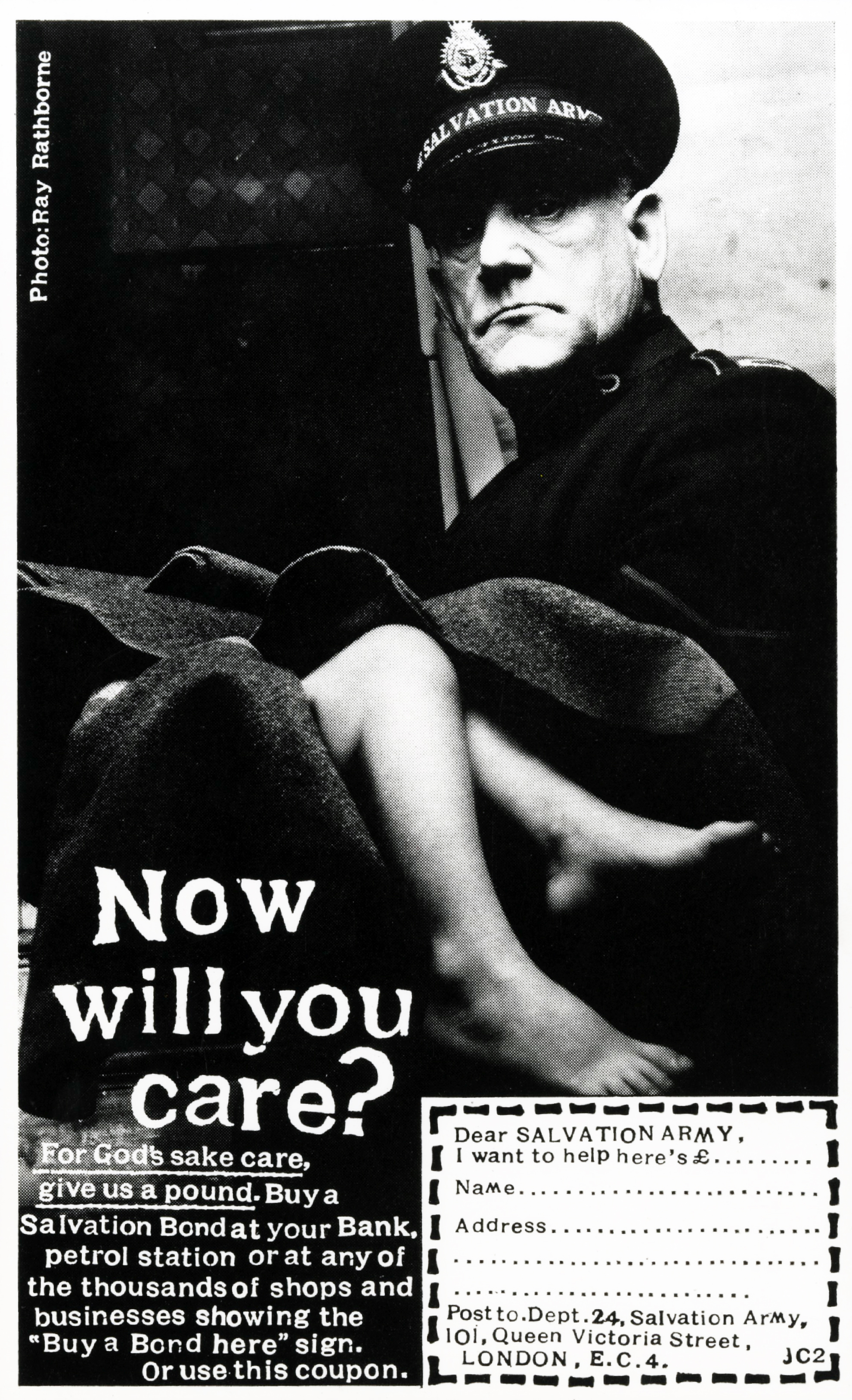

His big claim to fame was he had worked for Hiro in the States.
Guys who worked as assistants in New York brought back priceless knowledge.
This was the beginning of my learning real photography from someone actually ‘doin’ it’,
advertising and fashion work in London.
Learning about Hasselblad and Nikon, studio flash, fashion and beauty lighting,
and the politics of handling V.I.P’S.
Was it fun?
FLASH BACK :
06:00. Hampshire.
On location for Tatler.
Debbie Condon and Pauline Stone. Top models stylish in diaphanous crepe dresses by Ossie Clark.
Coal black dark mascara eyes.
Glowing red wet lips selling sex to the uber-trendy Tatler magazine.
Pauline Stone: Classic English beauty.
Married to Laurence Harvey, the rich English heart throb who starred with Sinatra in ‘The Manchurian Candidate.
’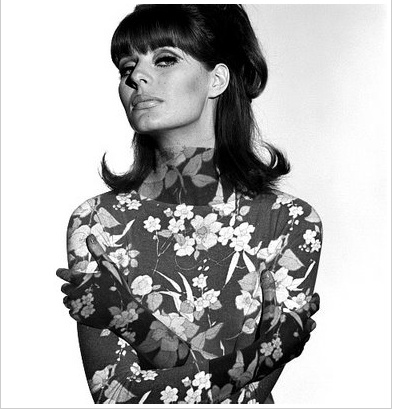
Debbie Condon: Daughter of Richard Condon, American diplomat turned writer, who wrote ‘The Manchurian Candidate’.
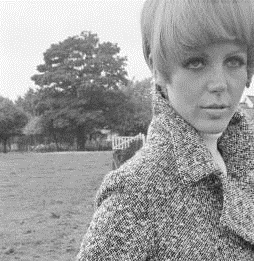
They were confident, socialite, sophisticates. ‘Debs.’
Sunbathing their way through cocktail drenched summers in the Hamptons.
Maybe sometimes guests at the White House.
Meanwhile things were changing in the image making department, with the appearance of Bailey’s working class macho black leather bickers jacket, white t-shirt and cowboy boots.
Long haired.
Promiscuous.
As obviously heterosexual as the fashion photographers of the past had been homosexual.
Ray was all that.
Working class.
Good looking.
Confident.
Ladies fluttered in front of his camera.
Being cool was part of his job!Like it was theirs to be sexy.
He was good and knew it.
We knew it too.
Back then you knew who was good and why, there were fewer pretenders, everyone had ‘done their time.’
Ray was a walking fashion statement; burgundy red Italian crushed velvet bell bottoms from Browns. turquoise buckled rhinestone cowboy belt.
Black leather Cuban heel cowboy boots.
Finished off with an expensive, finely knitted black cashmere Missoni top; and a haircut from Leonards.
Shooting fast on a Hasselbad.
Using a very sharp,150mm Carl Zeiss lens.
Mounted on a gleaming silver American Tiltal tripod.
(Anyone who was anyone had a silver Tiltal from New York. Like a Zippo lighter or a Rolex watch. It set the bar.)
The voice soft, smokey and seductive ‘Lovely Darlin’… O.K… Come, show me…Show me…Let’s see what you’ve got…I want to really feel you!’
I reloaded the camera eight times on the first set up.
Eight rolls of 400 ASA 120 Kodak American Tri-X film.

Rated at 800 ASA to increase the film grain, giving that glowing ethereal feel you got from American Tri-X. (Imported at great expense.)
Fast camera reloads in the field were tense.
Everyone waiting for the assistant, but it had to be done well, otherwise things went ‘reels o’ cotton’ inside the camera; and it chewed up the film.
Then you got fucking screamed at! Fired even.
Behind your back, the hairdresser and make up artist fidget next to the aloof Fashion Editor, irritated by the hold up.
This necessary nuisance, and ‘the stupid boy’ kneeling and sweating over the camera. (In this case me.)
Short Mary Quant hair style.
Thin.
Good legs, shown off by a short mini.
Very self confident.
On that shoot the fashion editor was the famous ‘Grace’, Grace Coddington, (Left), forerunner of Anna Wintour, (Right), Laid back from a distance, uptight up close.
Now here’s the thing, before Polaroid you couldn’t see what you were doing, except through the viewfinder, and that didn’t tell you much about the quality.
This induced a paranoia driven need to see the pictures from each day, as you went along.
At the end of a day on location the assistant had to process 16 to 18 rolls of film every night and make sheets of ‘contact prints’ from all the negs.
About five hours work.
Every morning the Photographer and the Fashion Editor would go through the previous day’s work.
Choosing two, three or more images for the assistant to make rough prints of that night.
Adding another two hours print work.
Plus, at the end of the print run, the assistant would have to to make the darkroom sparkling clean again. Like a laboratory.
Every day the darkroom work increased.
No overtime, it was just expected, you just did it.
As the sun went down at seven we set off back to London.
Back at the studio by around eight.
The Photographer wishes me good night, taking the girls and the Fashion Editor off to dinner in a smart restaurant in St Johns Wood, near the studio.
For me, the hardest part of the day began then, no sleep, because come the dawn we were back out on location again.
It was like that for the following three or four days.
Once a job was over, I’d sleep.
This university of life was a hard road.
Once, on a job, I accidentally crashed Ray’s Mini Cooper S, he deducted the repairs from my tiny salary, in weekly instalments.
It was only when I left to set up on my own I realised I had no idea of how you run a business.
I didn’t even know how much Ray was paid a day.
What was the first image someone paid you to produce?
Debbie Condon, the American model, sold the Evening Standard on the idea of her being shot naked wearing a string vest, so she could market them. (She’d bought a job lot at an Army Surplus Store in London.)
She paid me £20 to shoot and print the pictures.
Who’s Vic Pinto?
An Italian American who served in the Marine Corps.
An interesting guy in a Burberry trench coat. (The ‘American in Paris ‘ style I loved.)
He taught me how to shoot quality commercial work as if I’d been trained in New York.
He’d worked for Howard Zieff and Zieff was a God.
Zieff shot the original Levy’s bread campaign for DDB.

That poster campaign was the beginning of advertising photography as a genre.
Those pictures have an incredible purity, clarity and style.
It’s born out of the lensing and lighting.
Even today, look at a copy of a copy of a copy on the net, and the quality shows through. It’s the lighting.
In those days being a photographers assistant in the U.S. was a full time job, people got mortgages and brought up kids on it.
Eventually, Zieff was doing more tv than stills, so Vic moved to London and set up a studio, just off Leather Lane.
My agent put Vic and I together.
I was working a lot for Neil Godfrey, and others at CDP, DDB and BBDO, so I needed a place to work out of.
I worked out of Vic’s for four years.
It was amazing.
It was like the studio had been picked up in New York and dropped down in London.
U.S. style down to the real coffee and white U.S. Navy china ‘Submariners mugs.’
Vic had every bit of quality camera gear known to man; 35mm Nikon, 120 Hasselbad, 5×4″ Sinar, 10×8″ Deerdorf, the best lenses and a brilliant darkroom.
I thought I could print well, Vic taught me otherwise.
The real treasure were the lights he purpose built, bespoke for each shot, which he taught me how to do.
Zieff taught his assistants to construct extraordinary 20ft long, 8ft high strobe lighting banks, fronted with a massive tracing paper screen. So big you could walk around inside.
One powerful strobe light bounced into a magnified mirror pointed into the back wall, creating soft light – with contrast. A concept Zieff borrowed from his pal Irving Penn.
It was the New York way.
It was about understanding repro, Vic taught me that.
He knew it well, showing me how to light and shoot for different end uses, from posters to newspapers to magazines, all using different papers and inks.
More than a decade working with a master makes you special.
Vic was a master, and he shared what Howard Zieff had shared with him.
Believing in the relay race of knowledge, of craft, passed generation to generation.
What Vic taught gave me a work ethic and skills that people here lacked, it put me ahead in the game.
I got into shooting people in the studio because Vic taught me.

He taught me to consider Norman Rockwell’s illustrations as layouts, showing how to build and choreograph visual set pieces, where each character and object advances the narrative.
Vic helped me tap into New York’s creativity .
Vic Pinto’s Studio was a piece of the Big Apple in London.
I was lucky, the university of life gave me riches.
Who’s the best Art Director you’ve worked with?
Jeez that’s a tough one, there were so many.
Alan Waldie. Ron Brown. Stuart Baker. Alan Midgley. Tony Kaye. Graham Fink. Malcolm. Gaskin. Derrick Hass. Graham Watson. Peter Gibb. Paul Leeves. Martyn Walsh. David Icke. Andy Ageroo. Bob Marchant. Mike Reynolds. Roland Schenk. John Merriman, Bob Gabriel, John Horton. Gordon Smith. Ronnie Turner. Mitch Walker, Bob Isherwood, Nigel Rose. Ian Potter. Bill Atherton. Bob Miller. Brian Stewart, Max Forsythe. John O’Driscol. John Hegarty. Ron Collins. Damon Collins. Fergus Fleming. Dave Christiansen. Dave Waters …and quite a few more who slip the mind.
All of whom I’m grateful to.
That’s more of a list than an answer Barney. Name one?
It would have to be a tie between Neil Godfrey and Paul Arden.
Two of the greatest Art Directors in the history of British Advertising.
They had a massive influence on my life and work.
Neil’s a Sensei, his focus; pure Art Direction. Pragmatic. A purist. Unsurpassed in that.
Paul was a Ninja, there was nothing he was not ready to tackle; typography, design, photography, copywriting, film or illustration.
A man driven by instinct and much outward passion.
The correct answer was actually Paul Arden.
We called him ‘Paul Hard On!’ or just ‘Ard On.’
Tim Mellors called him ‘the madman in the pin striped suit!’
His mantra could’ve been ‘If I don’t kill you I will make you stronger.’
But Saatchi’s was one of the best agency’s in the world, and Paul one of the best Creative
Directors.
When we worked together there I was a top photographer.
Paul would call me up with an idea.
Just the thought, no headline.
He used to say ‘People don’t read words, they read pictures.’
I love the Silk Cut work you did together, particularly ‘Birds’.
New legislation meant cigarette ads couldn’t feature people, so
Paul turned to still lives, surreal images, set in odd landscapes.
They were like puzzles, people would stare at them as they struggled to get the meaning.
Mission accomplished!

I remember Paul phoning me ‘I want birds in a nest, baby birds being fed a sliver of purple silk by mother bird… the purple silk like it’s a worm. Okay? Only thing; the birds beaks are all scissors. What d’you think?’
I said ‘Yeah, sounds good Paul, got a layout ?’
‘You don’t need one, you know all the different formats, just shoot it please Barney, I need it in about a week.’
At various stages in development, I’d take the latest art work up to Charlotte Street and we’d row, he’d splutter in anger over some tiny detail.
I’d leave, do a bit more work and come back, leave, do a bit more work and come back,
slowly he’d be spluttering more with pleasure than anger, although, always pushing the envelope.
He’d change his mind a lot, but in the end it would be great.
He had a magic ‘eye.’
He had soul.

He knew how to get the best out of an image, page, poster or you.
Take the Daily Mail ad.
He rings up and says ‘I want a poster for the Mail; A guy reading the paper by the light of the telly, I need to see the name…and I want style.’
He sent a junior to the shoot.
Clever, his lack of presence put us on our metal.
The agency may have had Saatchi & Saatchi on the door, but to photographers, illustrators, and directors, it was Paul’s shop.
He’s a seminal part of the history of British advertising
When I’m stumped I often reach for one of his books ‘It’s Not How Good You Are, It’s How Good You Want To Be’ or ‘Whatever You Think Think The Opposite’.
They kick start my thought process. Like; ‘The problem with making sensible decisions is so is everyone else, making safe decisions is dull, predictable and leads nowhere new.’Unsafe’ decisions take you to places others only dream of.’
Paul’s words live on.
When I read one of his books I remember what a gift it was to call him friend.
He was a Last Mohican standing, a real loss in these politically correct ‘don’t rock the boat’ times.
Didn’t he challenge you to make a good shot out of something boring?
That’s right, it was the last time I saw him.
He’d asked me to lunch at his Gentleman’s club.
Resplendent in a smart pinstriped, Jermyn St suit with flamboyantly art directed pocket handkerchief and tie. (We used the same tailor.)
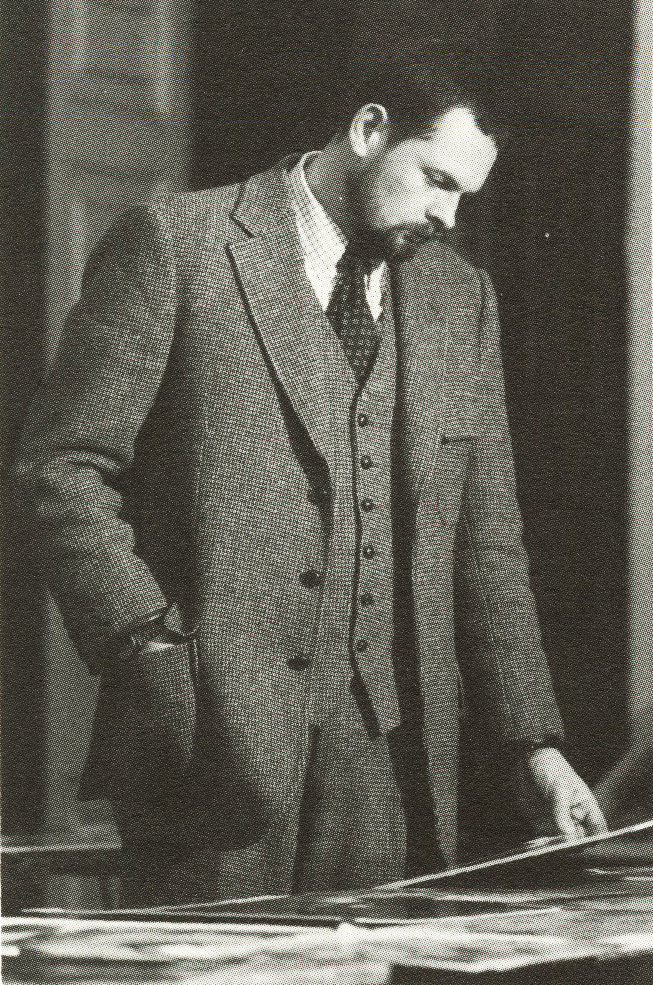
Half way through the lunch he reached into his inside pocket, he pulled out his cheque book and with an enormous Monte Blanc fountain pen, wrote a cheque, it was for over a grand.
He passed it across the table.
I looked at it. Puzzled.
He raised his glass ‘I want my own Barney Edwards, one that belongs only to me, not to an agency or a client, one that’s all mine, and it had better be good!’
‘Of what?’ I asked.
‘I don’t know, anything? You can make anything interesting…even a matchstick, don’t you think?’
We drank a toast together.
Sometime later, I was in Johannesburg, there had been a torrential rain storm, I lit a cigarette and dropped the match on wet stone. I saw a defining moment. I shot it.
 I prepared the image ready to send to Paul, I hadn’t spoken to him for months.
I prepared the image ready to send to Paul, I hadn’t spoken to him for months.
I contacted my retoucher to organise an art print in London.
There was a silence, then he said ‘Sorry mate I thought you knew; Paul died ten days ago.’
He never told me he was ill.
I owe him a career…and a print.
I’ll see him in the next life I hope.
I heard he had my picture of Nelson Mandela blown up big, hanging on the wall of his Eaton Square dining room.
A great compliment.
But that wasn’t what he’d given me the money for, I still owed him an image.
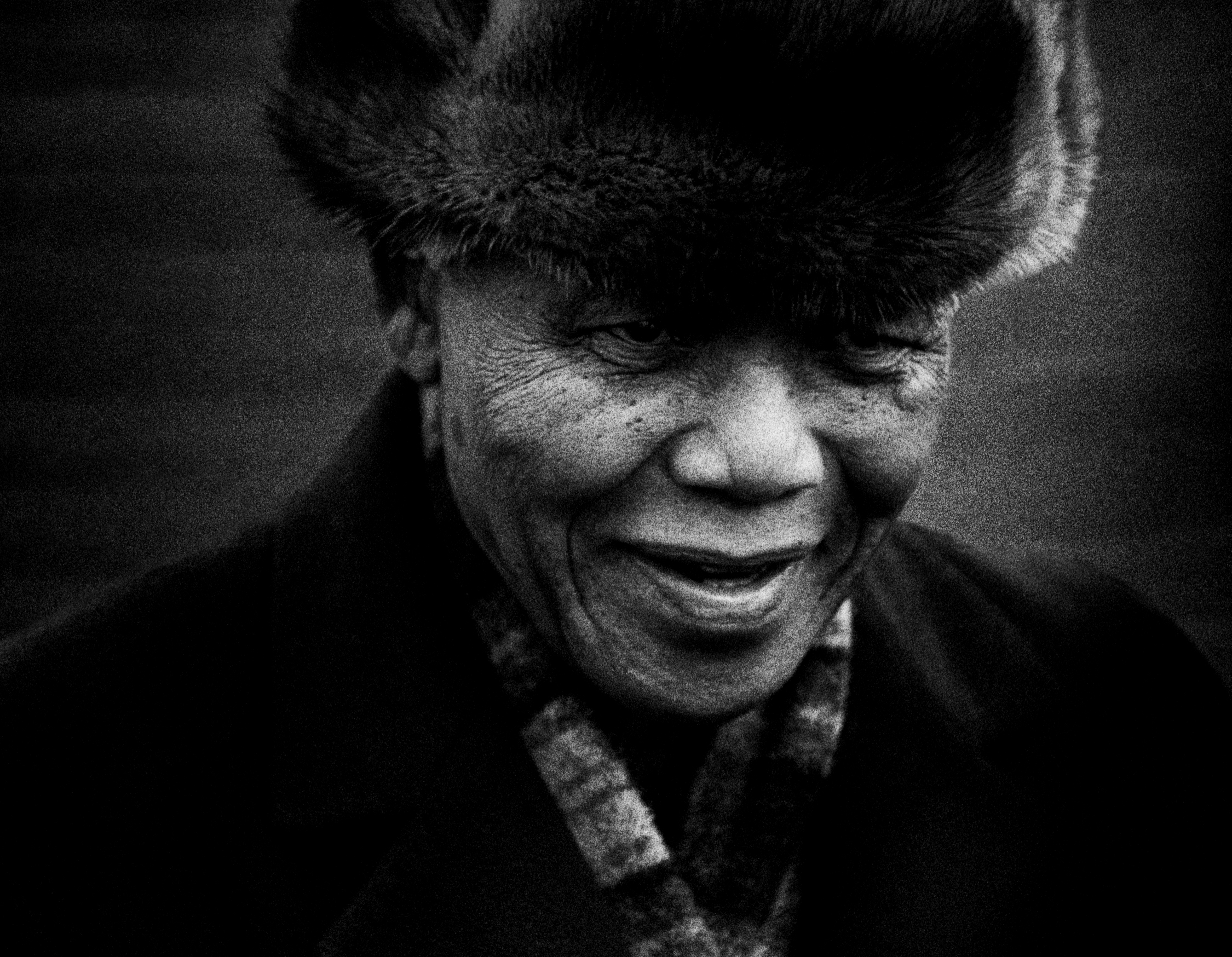
Did you get to talk to Mandela?
Sadly not, I was too busy taking his picture , you only get seconds, and security is tight.
We shook hands.
Briefly greeted each other, and became ships that passed in the bright sunlight.
Only I took a little bit of him with me.
When I worked with the ANC I heard a great Madiba story.
When the Robin Island Prison Guards came to take him out somewhere , they walked at a certain pace either side of him. Setting the pace.
He would only walk at his own, slower pace- and they hated him for it.
But then, he had all the time in the world. They didn’t.
In the end – they’re time ran out.
Who was your first photography hero?
ROBERT CAPA.
Actually, Capa and Bresson, they were my biggest influences, not just their images, their words really resonated. I carry their meaning wherever, forever.
They gave me a process, the meaning of good photography, helped me map out a way of life.
‘If your pictures aren’t good enough, you aren’t close enough’ – Robert Capa.

When I read Hemingway’s ‘For Whom The Bell Tolls’ I realised I needed adventure in my life.
To live.
To explore.
To travel to other lands, where other folk teach you who you are.
Vulnerability gives us self knowledge, bringing with it humility.
That affects your work.
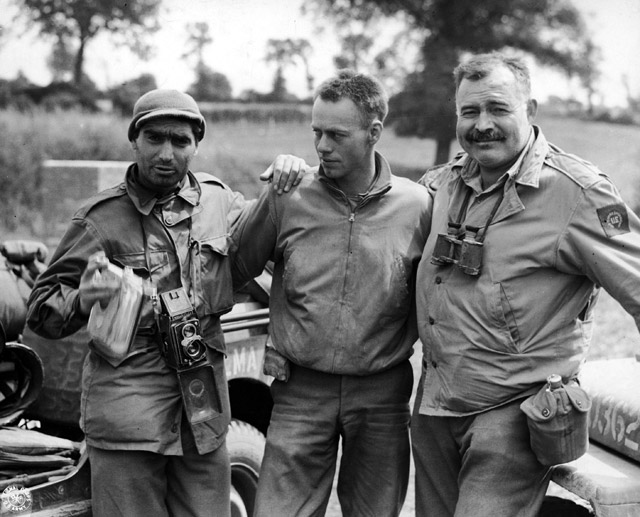
Hemingway had a buddy; Robert Capa. (Left.)
Like Hemingway’s pen, Capa’s camera takes us close to reality.
‘The war correspondent has his stake, his life, in his own hands and he can put it on this horse or that horse, or he can put it back in his pocket at the very last minute. I am a gambler.
I decided to go in with Company E in the first wave.’

Robert Capa on D-Day. Blurry, not quite sharp, grainy, but a vision so powerful Speilberg nicked it for Private Ryan.
It’s a moment of essential truth. Captured forever.
‘Capa has proved beyond all doubt that the camera need not be a cold mechanical device. Like the pen, it is as good as the man who uses it. It can be the extension of mind and heart’ – John Steinbeck.
That’s the polar opposite of ‘The flag at Surabatchi, Iowa Jima.’

An orchestrated P.R. Dept set up.A fiction.
You can tell it’s choreographed, a heroic propaganda image for the military industrial complex.
It’s an ad.
The two images taught me much about photography.
It’s not the camera that lies, it’s the man behind it.
My other early influence was HENRI CARTIER-BRESSON and his search for ‘the decisive moment.’
A man of few words, that say it all.
But those few words probably had as much impact on the history of photography as any of his images. Bresson was a thinker.
Photography needs thinkers as much as it does instinctive ingénue’s.
‘There is a creative fraction of a second when you are taking a picture.
Your eye must see a composition or an expression that life itself offers you, and you must know with intuition when to click the camera.
That is the moment the photographer is creative.
Oops! The Moment! Once you miss it, it is gone forever.’
‘Be patient. Travel. Stick to one lens.’

‘Always strive for more.’
‘Don’t crop. See the world like a painter.’

‘Focus on geometry. Be unobtrusive. Take photos of children.’
Anyone else?
PENN.
“A good photograph is one that communicates a fact, touches the heart and leaves the viewer a changed person for having seen it. It is, in a word, effective.” — Irving Penn.


Spot the silver Tiltal tripod.
And the Rollieflex fixed lens camera. (Usually with a 50 or 80 mm lens.)
Penn was IT!
For me he was The Man.
AVEDON is amazing clarity, showing more than you could ever see with your own eye.
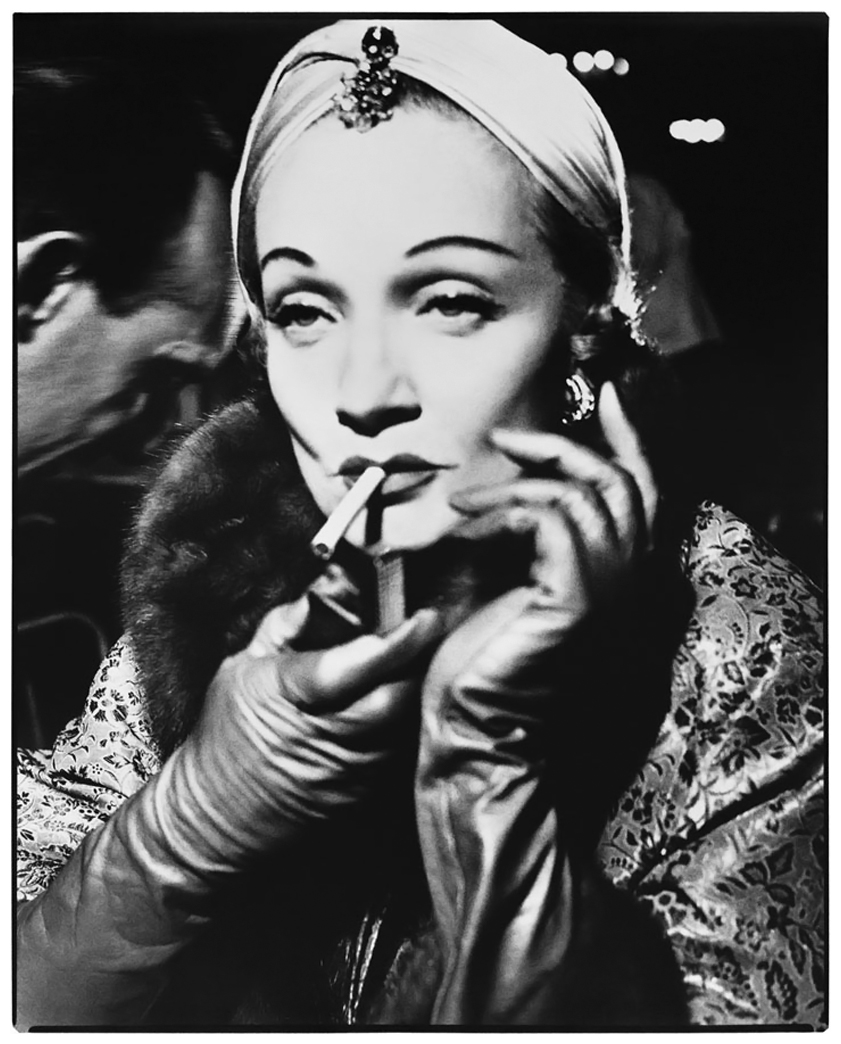
Then he breaks that style into blur.
Like the Malcolm X image. He’s technique; driven by narrative.

SALGADO.
If it’s ‘Art’ in reportage, then it has to be Salgado.


ALBERT WATSON.
He ‘writes’ people with his camera.
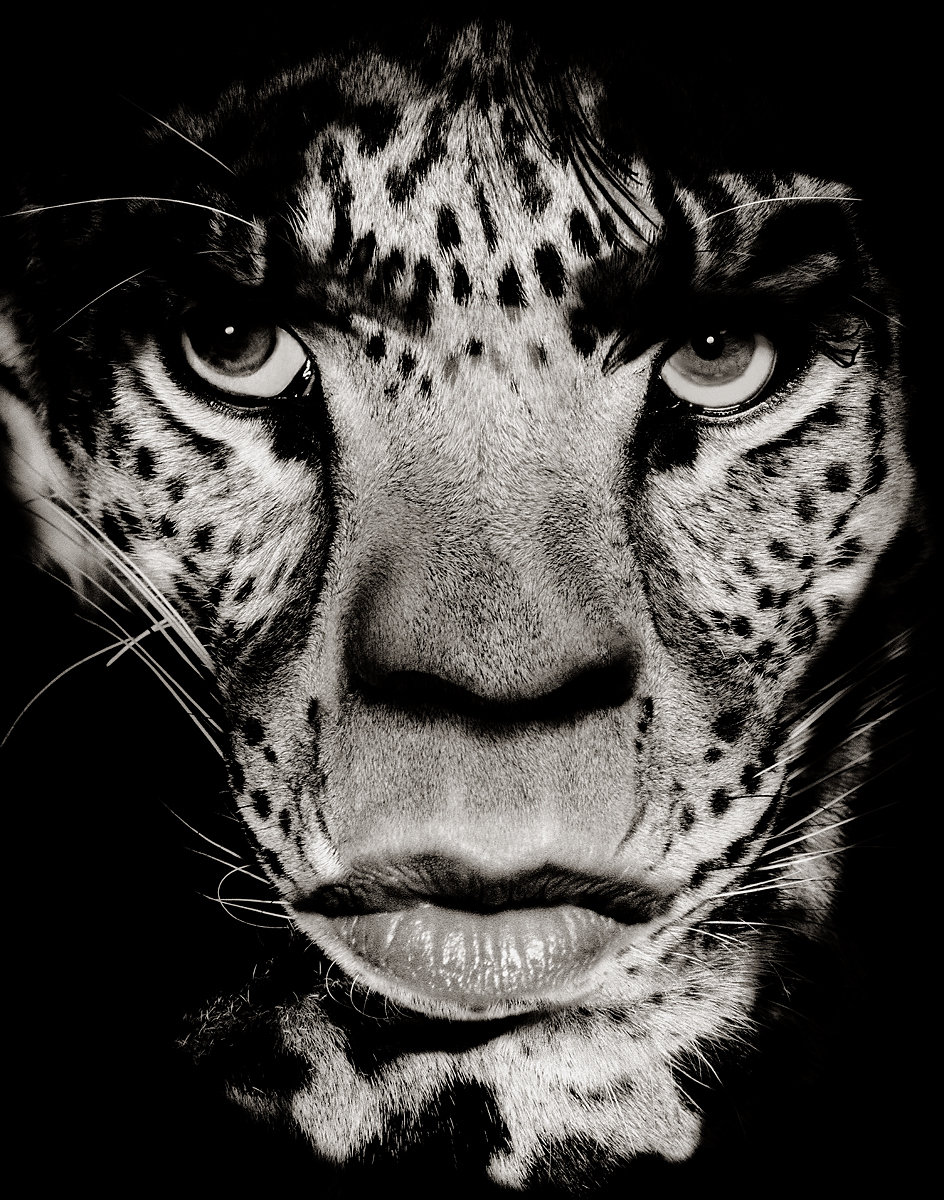
ARTHUR TRESS.
Like Roger Ballen, he lives on his own Solaris.

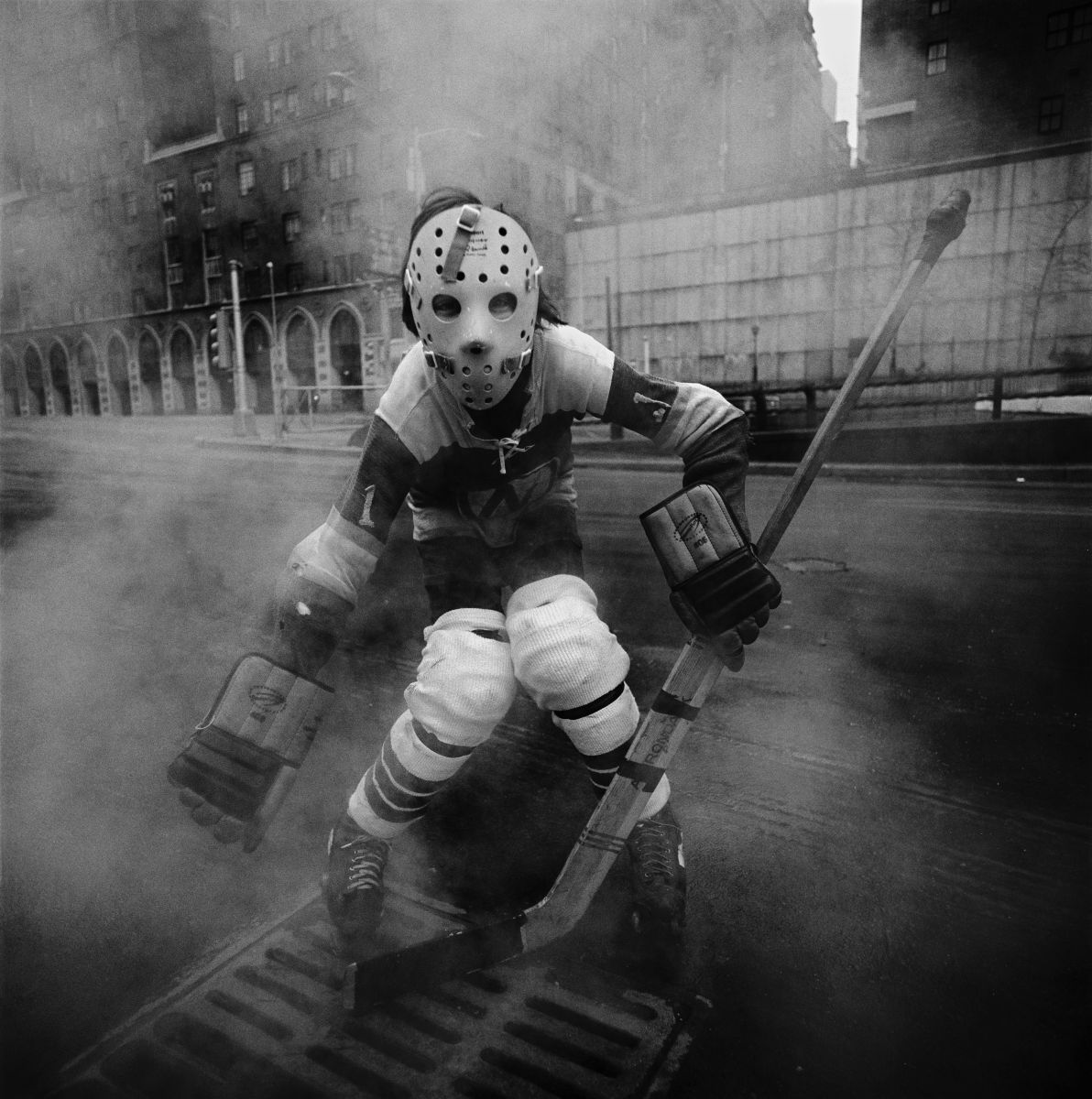
HELMUT NEWTON.
A film maker with a stills camera.
He wasn’t afraid of anything.
Least of all being sexist.
He was a realist who created ‘real fantasies.’
“There must be a certain look of availability in the women I photograph, this sense of availability I find erotic.”
Colour blind Helmut Newton once joked that this difficulty was why he took good colour pictures;
‘I like the colours to be strong. I tell my printer that I want the photograph to look like a postcard, the sky’s got to be blue, the grass has got to be green’.

‘There must be a certain look of availability in the women I photograph, this sense of availability I find erotic.’

BAILEY.
It’s his honesty that shows in his work.


WINSTON O. LINK.
The scale of his work represents the culture it describes.
As well as the unimaginable technical skill, he was brilliantly bonkers!

He illuminates an American heartland.
Showing us what we have never seen before, nor will ever see again.
Amazing. Unique.

ROGER BALLEN.
An absolute original.
I worked with him for a while, he lives in what he describes as ‘the shadow chamber’; within his own mind.


DONOVAN.
Witty, funny, clever and very, very sharp.
He was a working class intellectual as well as a man’s man.
He loved the mystery of women, which shows in his work.

Donovan was a ‘bloke’, we used to laugh a lot.
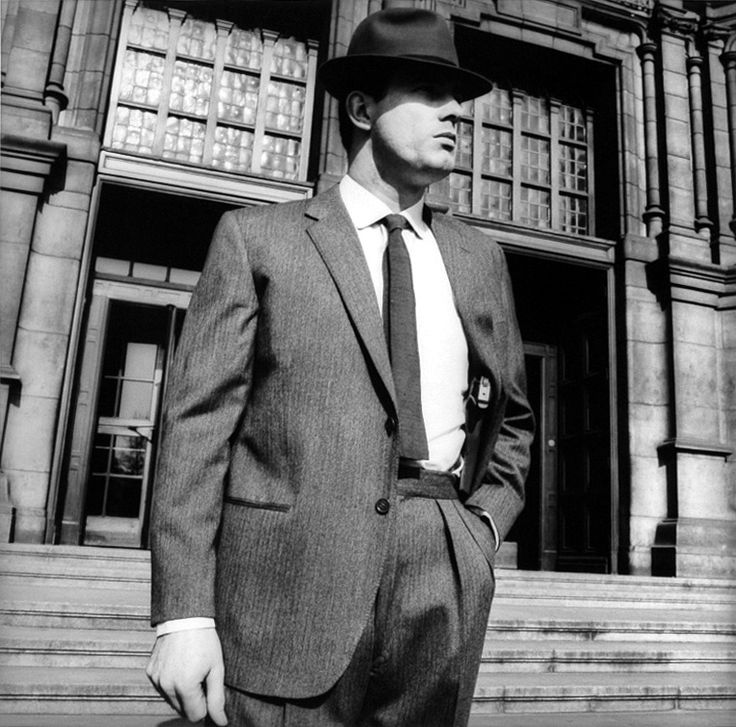
DON McCULLIN.
Not many men risk their lives for a good picture.
McCullin did.
That makes him a man among men.
A ‘true’ seeker of truth.
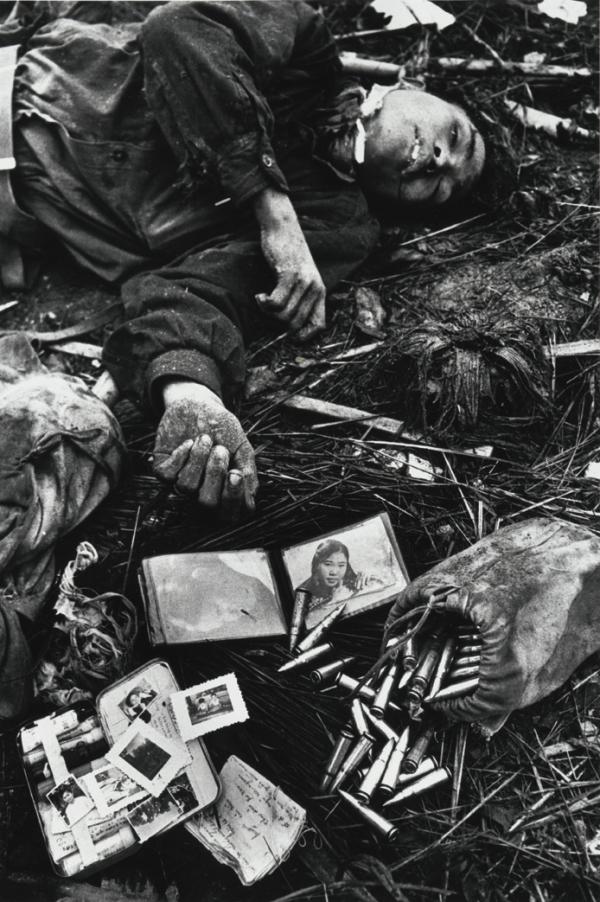
‘Photography for me is not looking, it’s feeling. If you can’t feel what you’re looking at, then you’re never going to get others to feel anything when they look at your pictures.’ – Don McCullin.

Do you prefer a tight brief or an open brief?
Frankly I don’t care.
They’re different sides of the same coin.
It’s the decisive moment when you trip the shutter that makes an image unique.
I simply need to have a clear idea of the expected narrative out take, that’s all.
Being a good printer helps me pre-visualise tonality through the camera, then I just need to choose the right equipment and lighting for the job.
Paul Arden told me he thought his being at a shoot might inhibit me, making me play to his gallery, and so not enter into my own labyrinth. Which after all was what he was paying me for.
Neil didn’t spend that much time at shoots either.
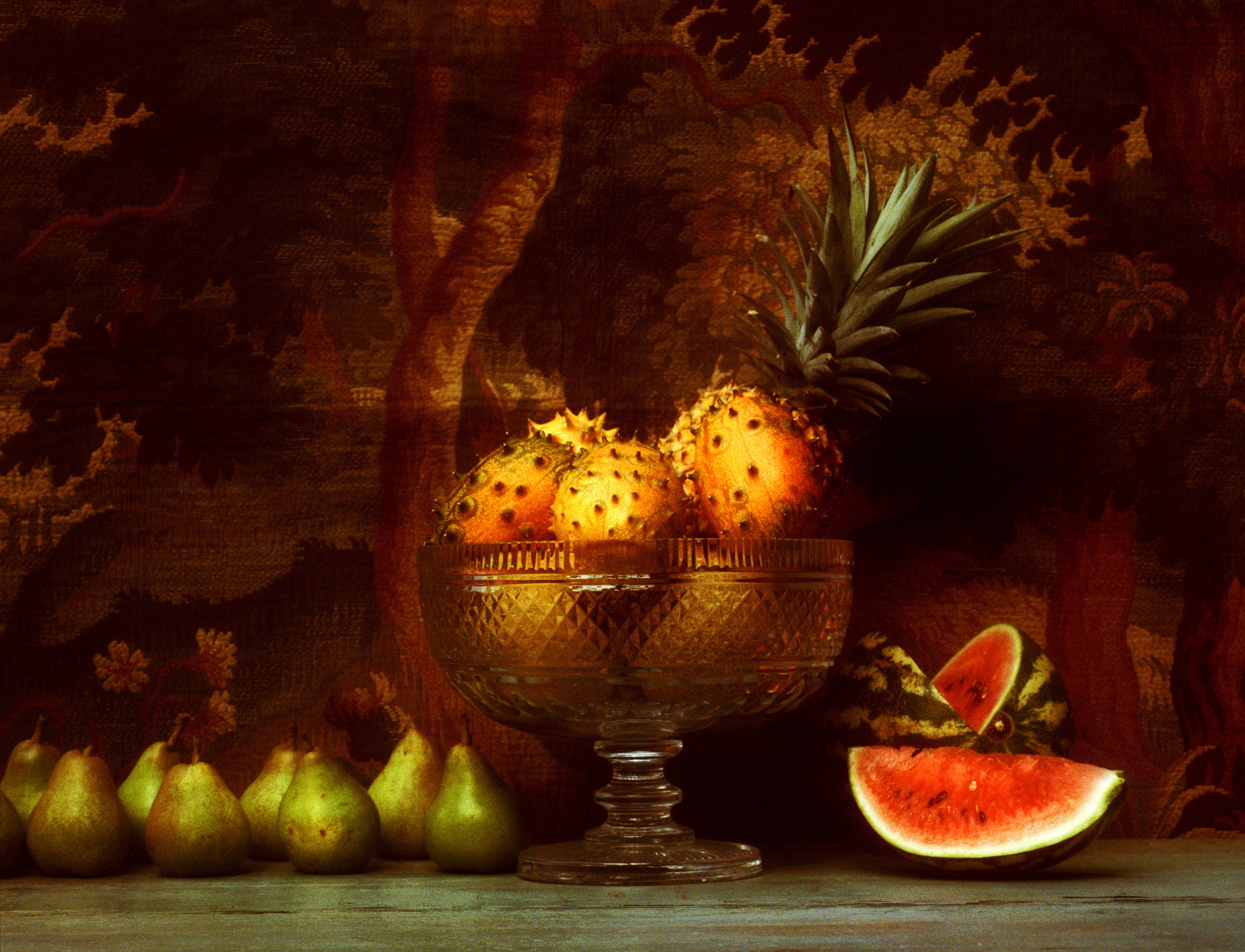

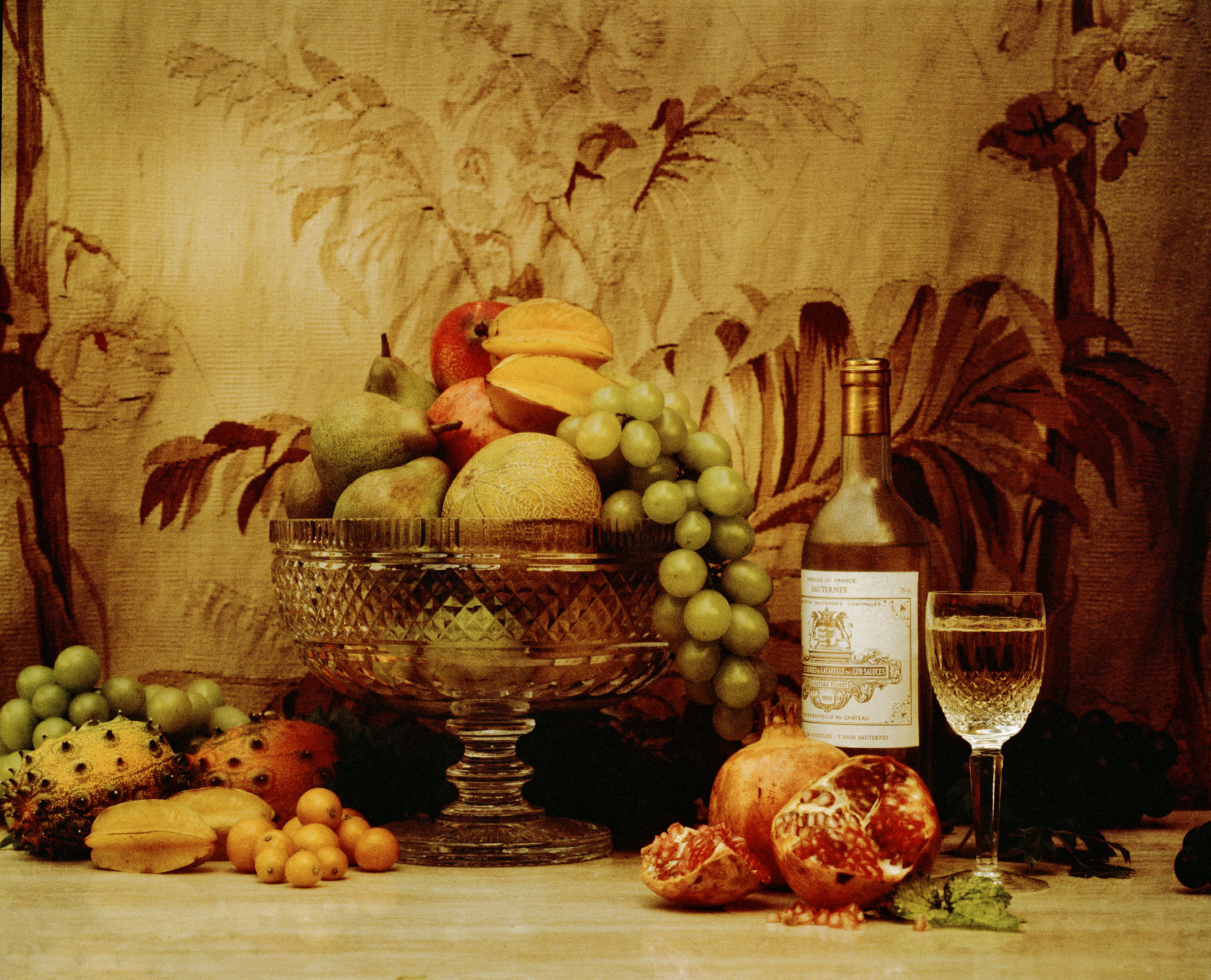 You took on a very open brief with Alexon?
You took on a very open brief with Alexon?
Yeah, Donovan, Lategan, Parkinson and myself were asked to shoot the first work.
I think Lategan’s pictures were best.

Until they were bettered by Avedon the following year.

Donovan took the £20,000 budget, booked a model and a suite in a Park Lane Hotel.
He shot for two days with cucumber sandwiches and ‘Parking sorted!’.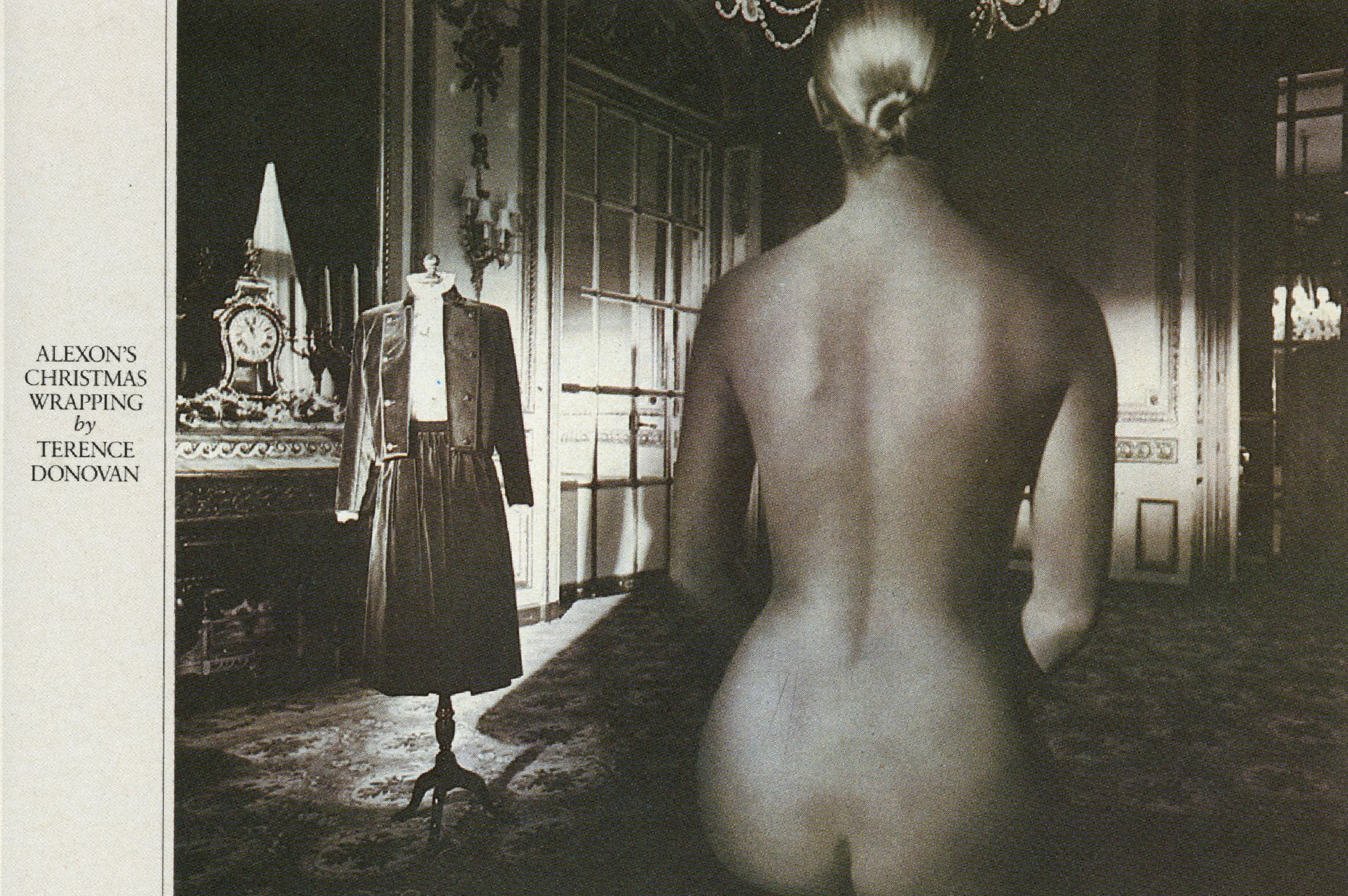
He also shot his own pictures on the back of it, for his book ‘Beady Mincers’. (Compare the ads to the pictures in his book; same girl, same apartment, different costume, just shot a little differently.
He only spent half the money and pocketed the rest.
But the work was good.
Whereas I spent a week in the studio, shooting on 5×4 against carefully Art Directed painted backdrops.
 Went over budget and lost money on it.
Went over budget and lost money on it.
My old lady back then was also my agent, she gave me a right ‘time is money’ kicking!
Afterwards, Terry bought me a coffee, winked, giving me that ‘you cunt!’ look!
He was London wide boy I was Northern Soul.
He taught me a lot.
Do you have a style?
I am happy on the street, underwater, in a chopper, a posh or far away exotic location, in fair weather or foul.
I’m happy shooting with 35mm, 120, 5×4, 10×8, black & white, colour, Polaroid, digital, daylight, flash, tungsten/HMI or a flash HMI Daylight mix. So…no, I don’t think I have a specific ‘style’ – except I specialise in not specialising.
Although I’m missing a ‘personalised’ look and style in the work these days. It’s personality I miss in the pictures.
Its like someone stole the soul.
Total corporate control, political correctness and overuse of post have all played a part in dumbing down much of the personality, exploration and sense of adventure in commercial photography.
An agent recently looked at my work and said ‘I don’t know what you do…there are so many different styles here…you need to make it easy for me…specialise in one thing.’
I didn’t quite know what to say, why would I just want to shoot one thing?
Shooting the same thing again and again will diminish your ability to see things with a fresh eye.


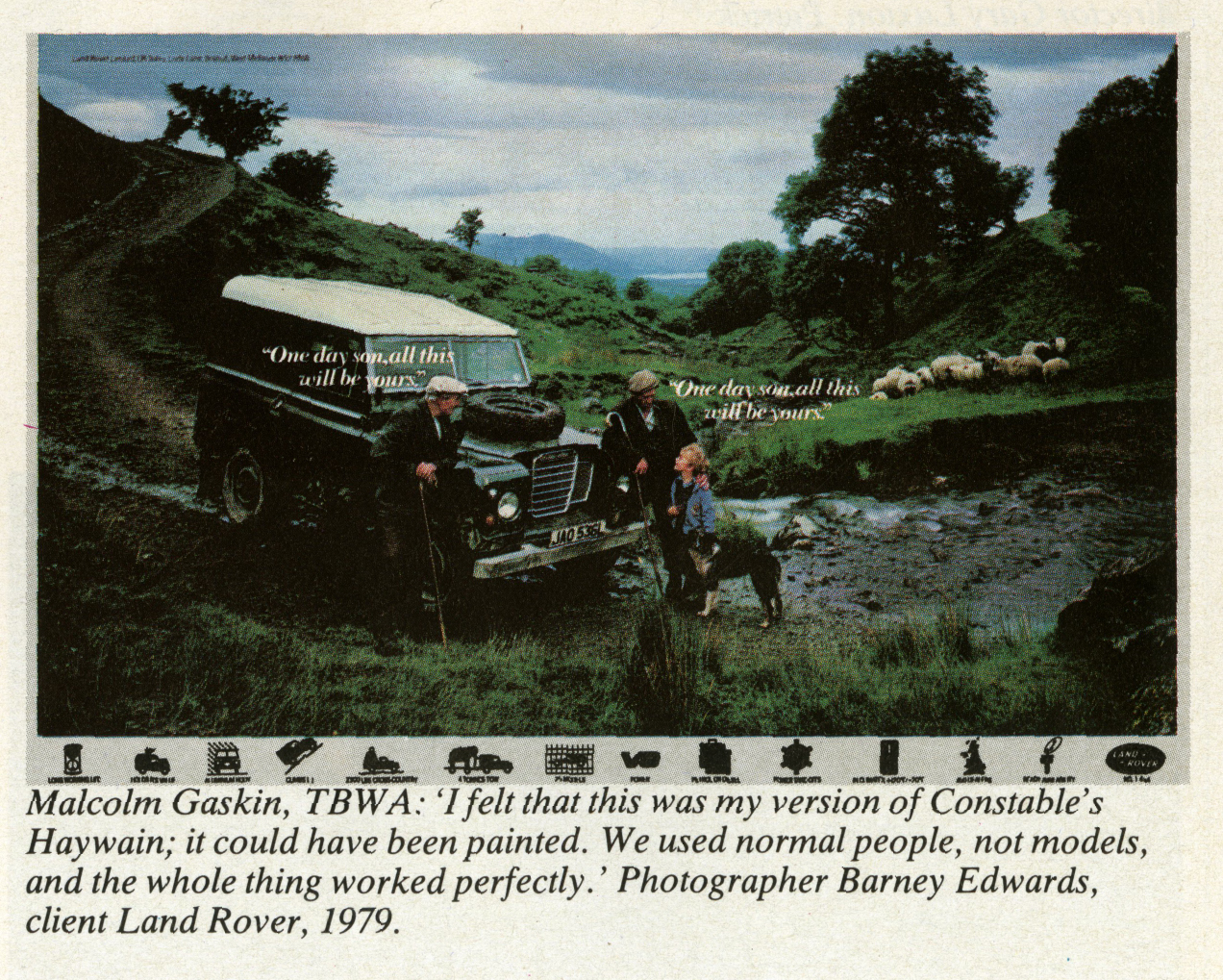


Art Director Neil Godfrey was a kind of Godfather?
I shot this for Bob Isherwood at CDP, it won awards and changed my life.
Neil was Creative Director.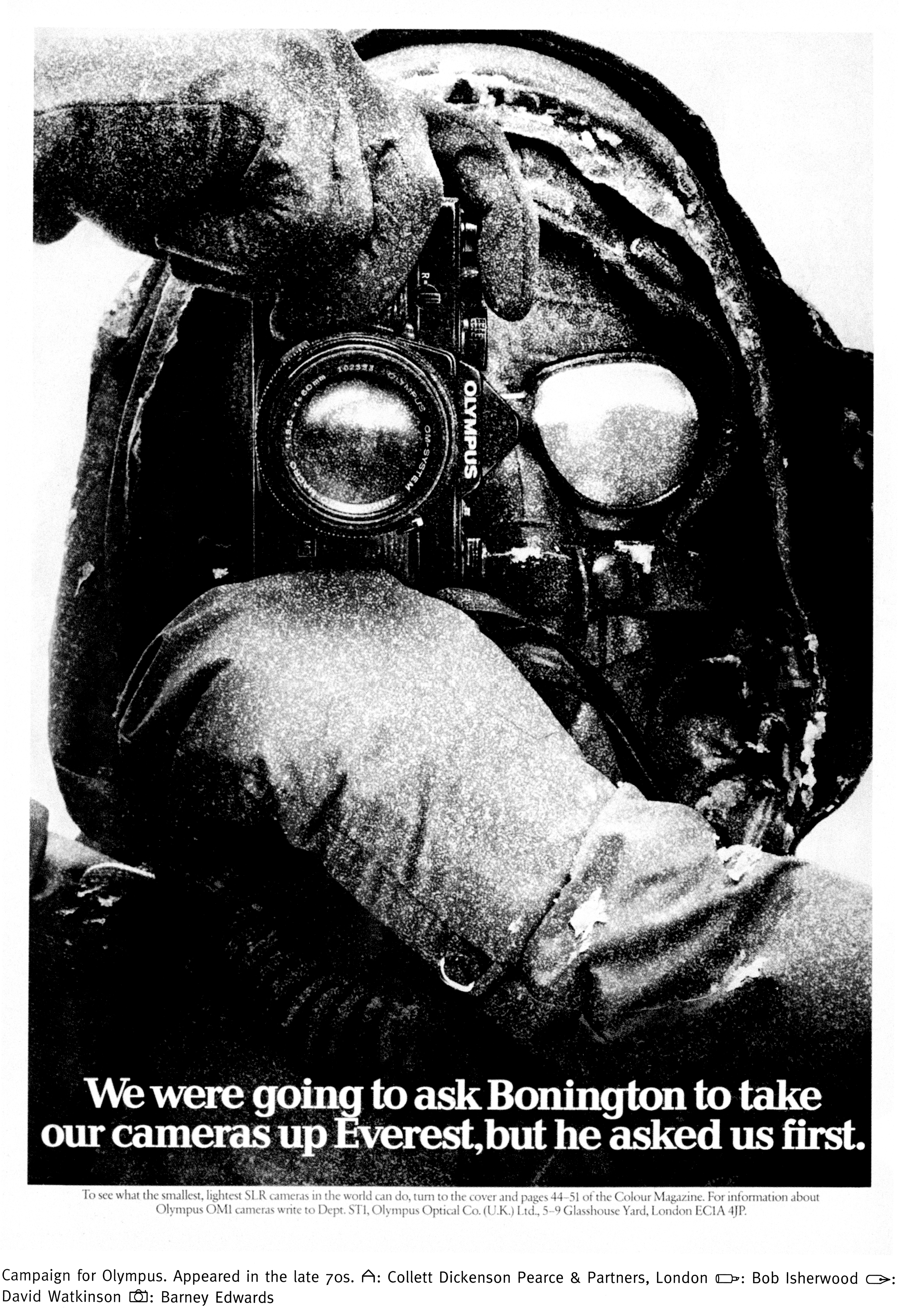
I was lucky to begin my career working with Neil, he gave me a solid grounding in press advertising. Teaching with a gentle, sometimes sarcastic smile.
There was a quiet discipline in way he the looked at you, he had a way of making you feel naïve and a bit stupid for not ‘getting things.’
I’d make the tea, having worked out that making the tea helped people form a good opinion of you.
I smiled years later when Paul suggested the same in one of his books; ‘THE P.G.TIP: Make tea. Make it often. Make it willingly. Influential people like it. It will give them a good opinion of you, and they will want to help you in return.’
Once I gave Neil a mug.
He looked at it for a moment, placed it on the table and went back to work without looking up again.
He just said ‘Too weak, make it about two stops darker.’
I took it away and made it stronger. It had to be perfect or not at all.
Without Neil’s grounding I would never have been ready for someone like Paul’s eccentric, sometimes aggressive approach.
I would not have been well-rounded enough to deal with Paul’s often capriciousness style, especially in film work, where things can get bloody.
People used to fight for what they believed in then. There was shouting!
Neil imbued me with a sense of patient calm under fire.

How? What specifically did you glean?
Many, many years ago we had a lunch, where everything he said made so much sense.
I can’t remember it word-perfect, but I remember the gist:
‘You need to learn things Barney.
People will pay you good money for your knowledge, for your taste and your sense of style.
The English establishment has never been known for its good taste.
Everyone admires good taste, especially Americans who often have great style, but also little taste. Good taste comes from craftsmen, tailors, shoemakers and all the other artisans and artists the upper classes look down upon, but are dressed by.
Look at the chintz and porcelain bric-a-brac in the average English country house, it says it all.
To be good you need to know about everything creative; food, wine, fashion, painting, literature, typography, film, music, theatre, the history of art and photography, everything!
You are going to get paid lots of money for being a ‘know all’, so best start knowing about things now. Lots of things.
And avoid politics, they get in the way and waste time.
Never allow yourself to be rushed, you’ll make mistakes… things take the time they take… always tell them they can have it quick… or right. Make it they’re choice or you will get blamed.
Walk quietly… but carry a big stick. Don’t use it, if you do you will have failed!’
As I get older, maybe I elaborate his advice into a mythology.
But he changed my life and it’s what I remember.
Do you remember the first job he gave you?
One of them that springs to mind is the Parker Pens pitch.
I was only just starting out, what they termed back the a ‘young sprog’.
Still shooting in my front room in Muswell Hill, on an old 5×4 M.P.P. large format press camera.
I had a homemade soft box, open fronted, and I’d painted the wood white and sello-taped some tracing paper across the front. Inside was two dozen 60 watt light bulbs.
Anyway, he asked me if I could shoot these ‘still lives’ for him…properly, make them look good, for cost.
He said if the agency won the account he’d guarantee me the first year’s pictures.
They won and he was true to his word, in fact they gave me more than the first years work.
Shortly after, the same happened with a Barclay’s Bank pitch. Same deal. Again he kept his word.
Not only did I make more money than I ever thought possible, both campaigns won awards at D&AD.
My career was made.
Greatly helped by Neil Godfrey, not only an inspirational creative, but a man of his word.
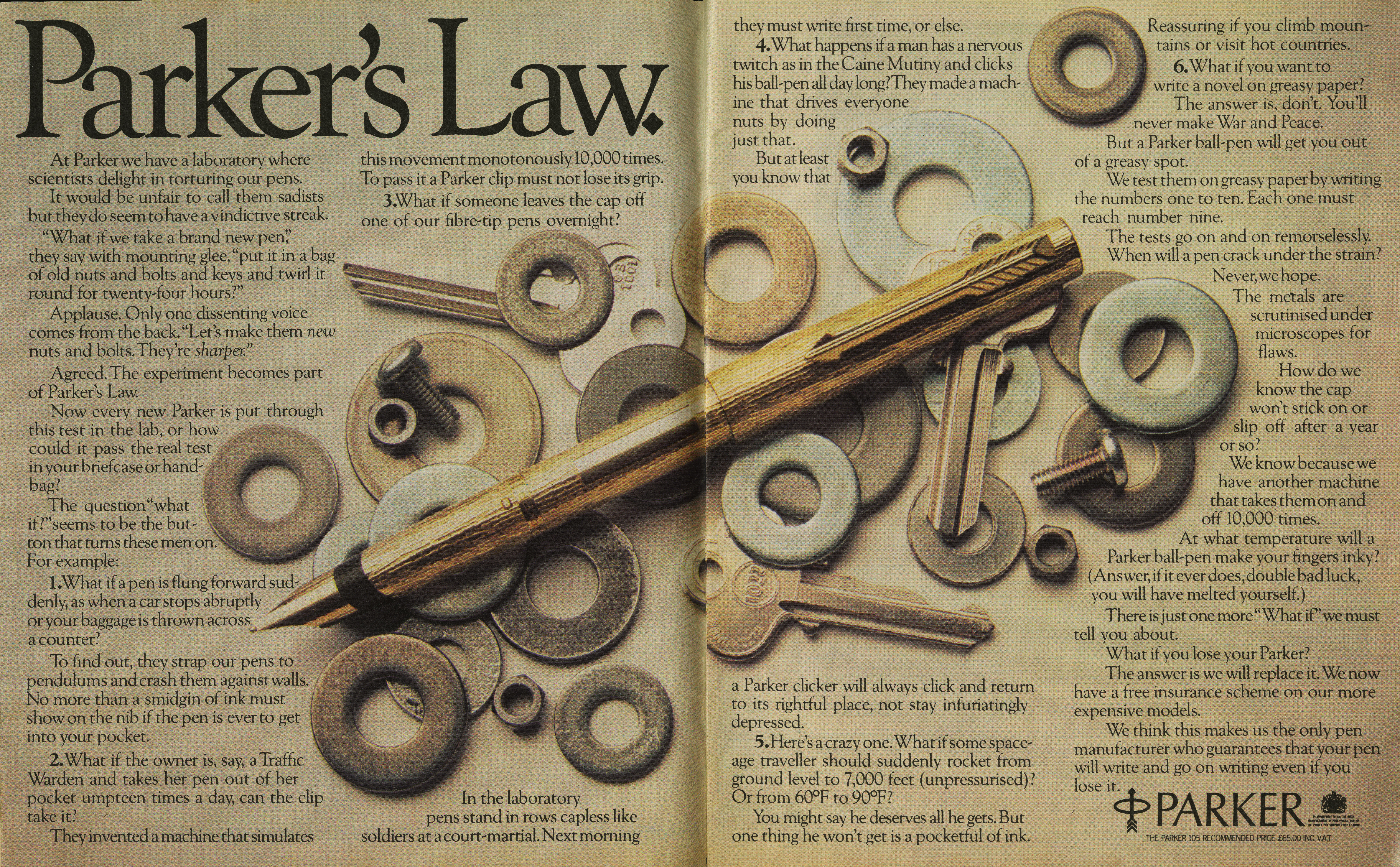

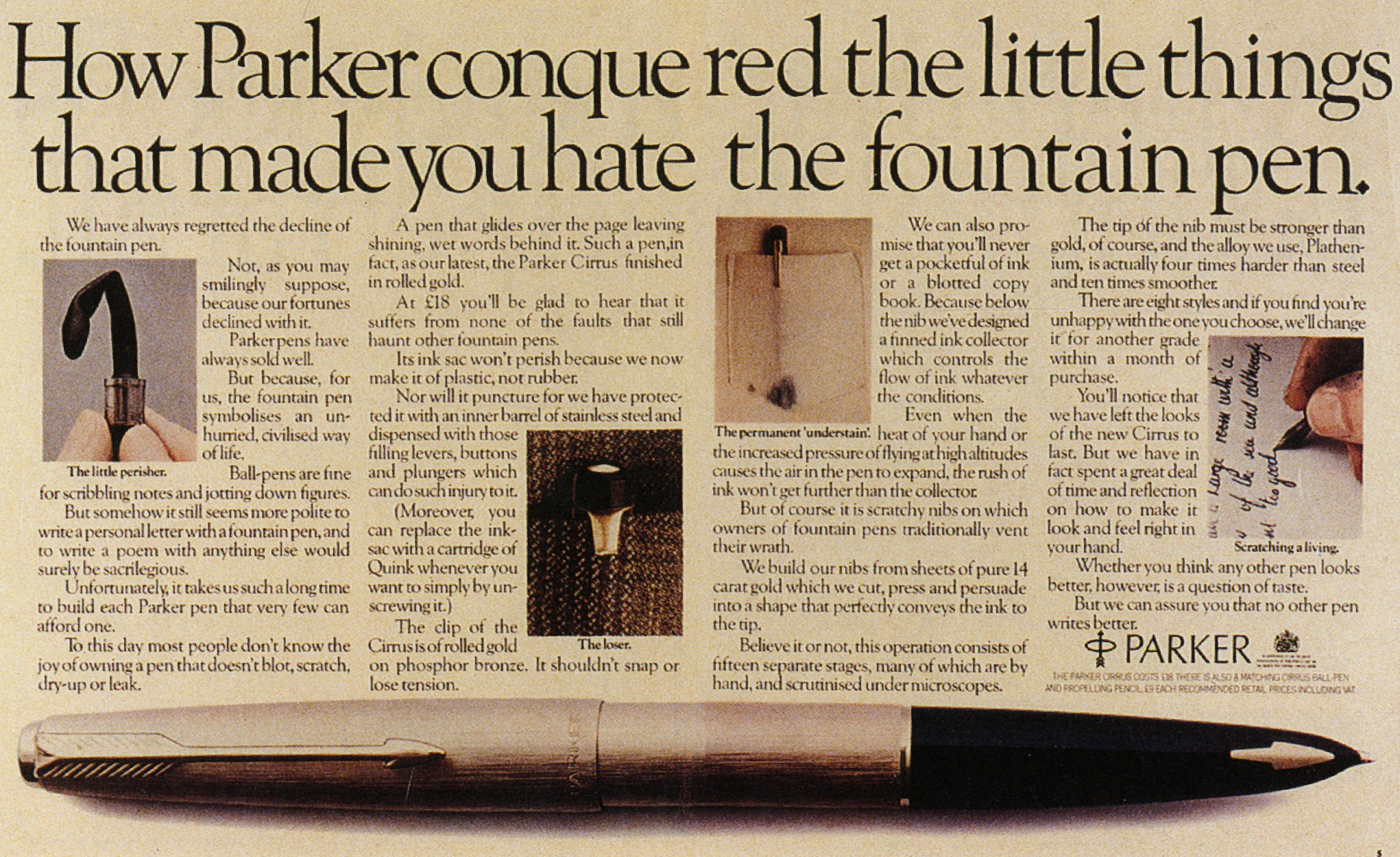
What did Shots magazine mean when they described you as the ‘photographers photographer’?
That’s a tough one.
We never see ourselves as others see us.
I think it was a lot to do with my covering all the technical bases, due to my patchwork career.
Like I said, I didn’t specialise. I did it all.
A ‘know all.’ 35mm – 120/2 ¼ – 5×4 – 10x 8.
All the different camera formats. Hasselblad, Nikon, Pentax, Sinar, Mamiya, and Nikonos underwater cameras. I’m an expert with all of them.

You also had ‘Barney’s Army’.
Three assistants, an art department, with a stylist and an agent, we moved in a convoy of vehicles with our own generator and catering.
Always with a solid four-wheel drive, a well kitted out three ton truck, tents for over the cameras and lights…oh, and an off-road motor bike.
I based the infra structure loosely on the army, who we worked with ‘in the field’ often.
Paul Gatt, who ran Ceta my colour Lab, would pass the word I was recruiting, He’d tell assistants not to show up if they didn’t want to join the marines.
When I was young I was aggressive, it was tough working for me.
I made it that way, to breed a sense of esprit d’core.
But I taught my assistants well.


Due to the wonders of paper technology, we can compare layouts you were given to the finished ads.
It’s particularly interesting to see how much some of the images change.
Today, a lot of layouts are locked down, they can’t evolve.
Although the oil rig was the most important part of the ad, I thought it shouldn’t dictate how we shot the image, and so we decided to strip it in afterwards.
I thought it would be interesting to shoot the seascape by moonlight. I wasn’t sure it would work, but John Hegarty agreed that we should try.
I made the composition in daylight, then sat staring out of a tent for two long cold nights, shivering and waiting for something to happen.
Then the clouds drifted across the moon, diffusing the light, spreading it across the seascape.
It was a twenty or thirty minute time exposure, but the effect was perfect.
It was luck, good judgement and John’s calm agency confidence in backing what we were trying to do that made it happen.

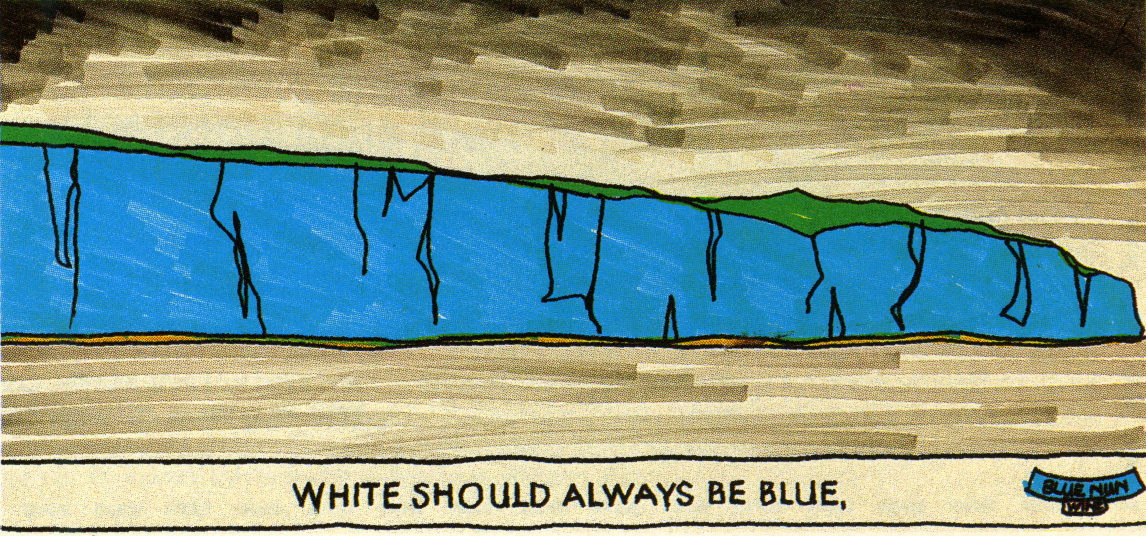 I did a series for Blue Nun, things you’d expect to be white, blue, Polar bears, the White Cliffs of Dover, etc.
I did a series for Blue Nun, things you’d expect to be white, blue, Polar bears, the White Cliffs of Dover, etc.
Fortunately, the Art Director, Fergus Flemming, gave me a pretty free hand.
My first decision was to shoot b&w and to hand colour the prints, to give the images an eerie, but strong style.
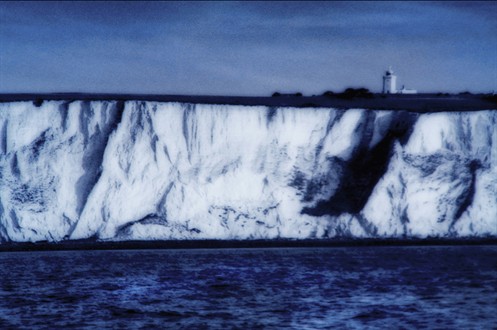
They were strong images in black & white, but when we hand tinted the prints I felt colour didn’t really add anything.
I had the b&w’s copied onto colour film and had a retoucher experiment on a dupe tranny .
It started to look interesting.
It was quite intuitive, none of us knew exactly how it should look until we saw it.
So we continued until it felt right.
Shooting the white cliffs of Dover was like that too, sailing up and down for two days, shooting hand held. Struggling to keep the horizon straight.
I didn’t really know if I’d got it till I got home.


The two characters were well known at the time as they’d been in lots of the tv commercials. So they agency felt that we just needed to show them, pretty big.
But the Art Director, Sian Vickers, and I thought it would be a more interesting, more emotional image if we composed it more like a Victorian painting.
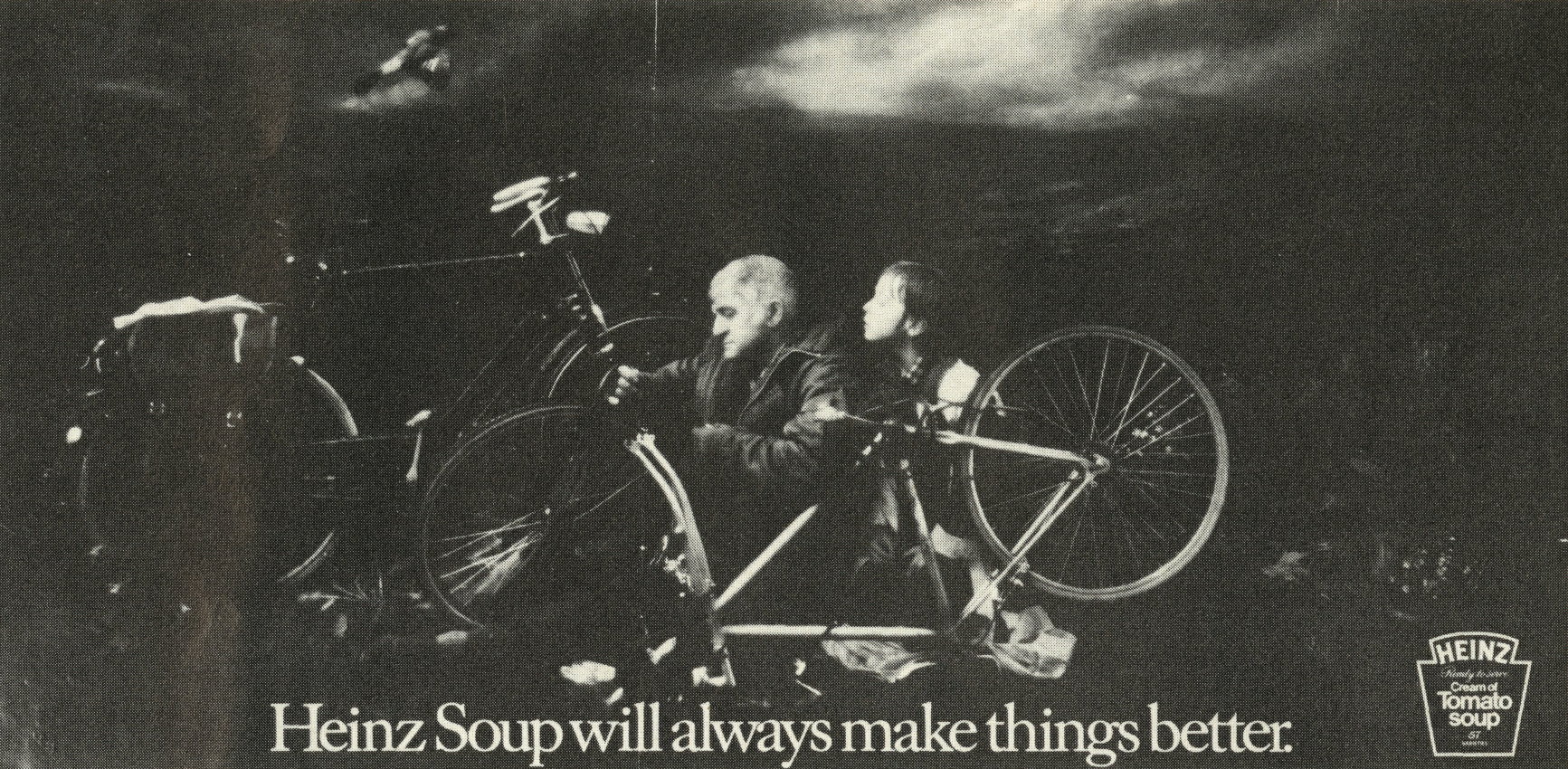
 The layout was the interior of the Sandhurst chapel.
The layout was the interior of the Sandhurst chapel.
Stuart Baker, the AD, and I worked together a lot, so we hadn’t discuss it much before we got to the location, but when we arrived we discussed how the place made us feel and wanted to sum up that feeling.
So we needed a stylised more ethereal feel, as opposed to a ‘reportage’ image.
We searched for some kind of visual shorthand.
We found some stained glass windows, set high in the walls, casting light onto the marble pillars.
But it was winter and the light coming through wasn’t strong enough, so we had to bring in a very substantial, costly lighting set up to strengthen the light source.

The Daily Telegraph Photographer of the year?
It was a personal project that just grew, I ended up on radio and t.v.
I started doing reportage pictures of tough Cumbrian sheep farmers through the seasons.
Living up there from time to time on a hill farm.
Diane, my partner, came from there and I got to know the farmers.
An interesting place, it used to be called Middlemarch, Viking and Celtic lands.
The old border between England and Scotland.
The Telegraph gave me a black Porsche watch and two weeks in Antigua.
Presented by Lord Mountbatten of Burma.
I shot some underwater pictures out there, which I sold to Nigel Rose at C.D.P. for J&B whisky.
So things worked out pretty well.
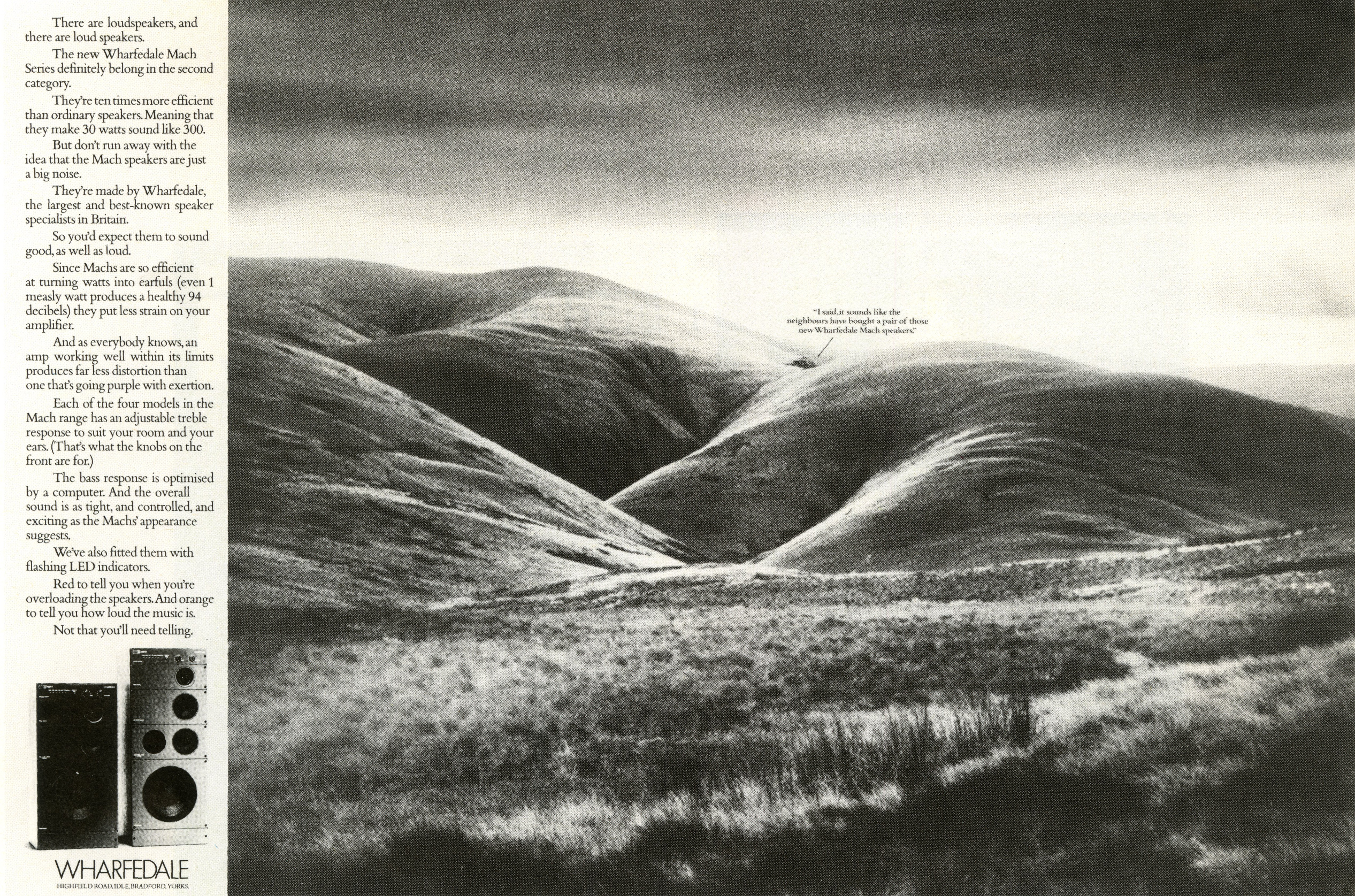
“Question why would anyone be interested in this picture, what should be excluded or included to make it a better ”
No shit Sherlock, but not many photographers ask themselves any of those questions.
It reminds me of a story Steven Spielberg tells about meeting the great Director of Westerns John Ford.
Upon hearing the young kid wanted to be a director, Ford advised him ‘The secret is knowing when to point the camera up and when to point it down.’


Being aware of what makes a good image is essential to making good pictures.
Sounds obvious, but it’s not.
Being simple can get complex.
Tony Brignull once wrote a line for an ad for Parker Pens; ‘White light is complex in it’s simplicity’.
Shooting a beam of light through a prism to light the pen – glowing with all the colours of the spectrum, to my surprise I realised that line was so, so accurate.
White light does contain all the colours of the spectrum within it.
Great left brain right brain stuff! That’s what I like about ads.
I love type and picture logic. Words on pictures.
Whenever I can I use ‘The Golden Section’ or the rule of thirds to break down my images. It has a bearing on how comfortable the framing of an image makes you feel.
The Parthenon is a designed Golden Section.
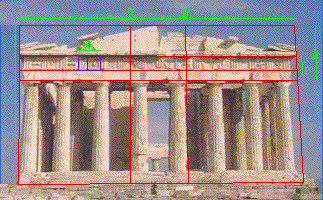
A template from Greek Antiquity.
A proportion recognised to engender a sense of comfort in the eye.
Leonardo Da Vinci, Salvador Dali and Le Corbusier also used it in their work.
Mark Lowery at University College London made detailed measurements of fashion models faces, showing the reason we classify certain people as beautiful is because the construction of their faces are closest to the proportions of The Golden Section.
I even use it when I’m composing images for films.
The final heading on my check list is always : ‘empty space’ can be as active as ‘full space.’
I question what’s ‘needed’ to advance the plot, and loose the rest.
And always make sure the uprights are upright.

 You shoot very soft pictures for a hard man, is that printing, lenses, your Mums stocking over the lens?
You shoot very soft pictures for a hard man, is that printing, lenses, your Mums stocking over the lens?
Creative insecurity, it made me obsessed with trying to bridge the gap between photography and painting.
As a highly paid advertising photographer you have the money to experiment.
Playing with different renderings, textures, tonality and colour gets you close to illustration.
I wanted my images to feel less like photographs and more like illustrations or paintings – so they crossed over genre’s.
My work has always been a kind of stylised hydbrid of archetypal imagery. With influences and research taken from lots of sources.
Then there was film. I was obsessed by films.
I realised paintings and films have something in common; No hard edges in sight. And you couldn’t retouch them. (Well, not before digital.)
The very nature of what they were made them less sharp.
A black & White print has sharp, finite, visible edges around things.
Unlike paint on canvas or the shadows into light of film on a big movie screen.
I wanted to add texture and atmosphere, like the noire movies by Orson Welles, ‘Citizen Cane’, ‘Touch of Evil’, etc.
Reaching for ‘other worldliness’ in imaging fascinates me.
Creating windows into other worlds.
Starting with the question: Is this image an ‘expressionist’ image?
Or is it an ‘impressionist’ image?
The answer usually holds the key to the right texture; A 10 Dernier Dior stocking? Film grain? Camera shake? Selective focus? Flair? Printing through a gauze? Painting with Vaseline on the lens or maybe just jogging the enlarger or breathing on the lens?
‘Barry Lyndon’ by Kubrick, originally a New York stills photographer, really blew me away.
When he decided the gambling scenes should be lit by candlelight, for real.
The F-stops on a camera lens were originally a system of measurement, called foot-candles, used to measure light by the number of candles it took to light a given number of feet.
There were no lenses that opened to wide enough apertures to shoot at those low light levels. So he had special lenses made.
I spent years watching Barry Lyndon with the sound off , studying the textures, it’s a painting on film. It taught me it was possible to do it all ‘ in camera.’
No retouching.
Making painterly images of decisive moments.
The more I looked at Kubrick’s work the more I realised how much he changed his photography and lighting, like actors change their accents, to fit the part.
I started doing the same.
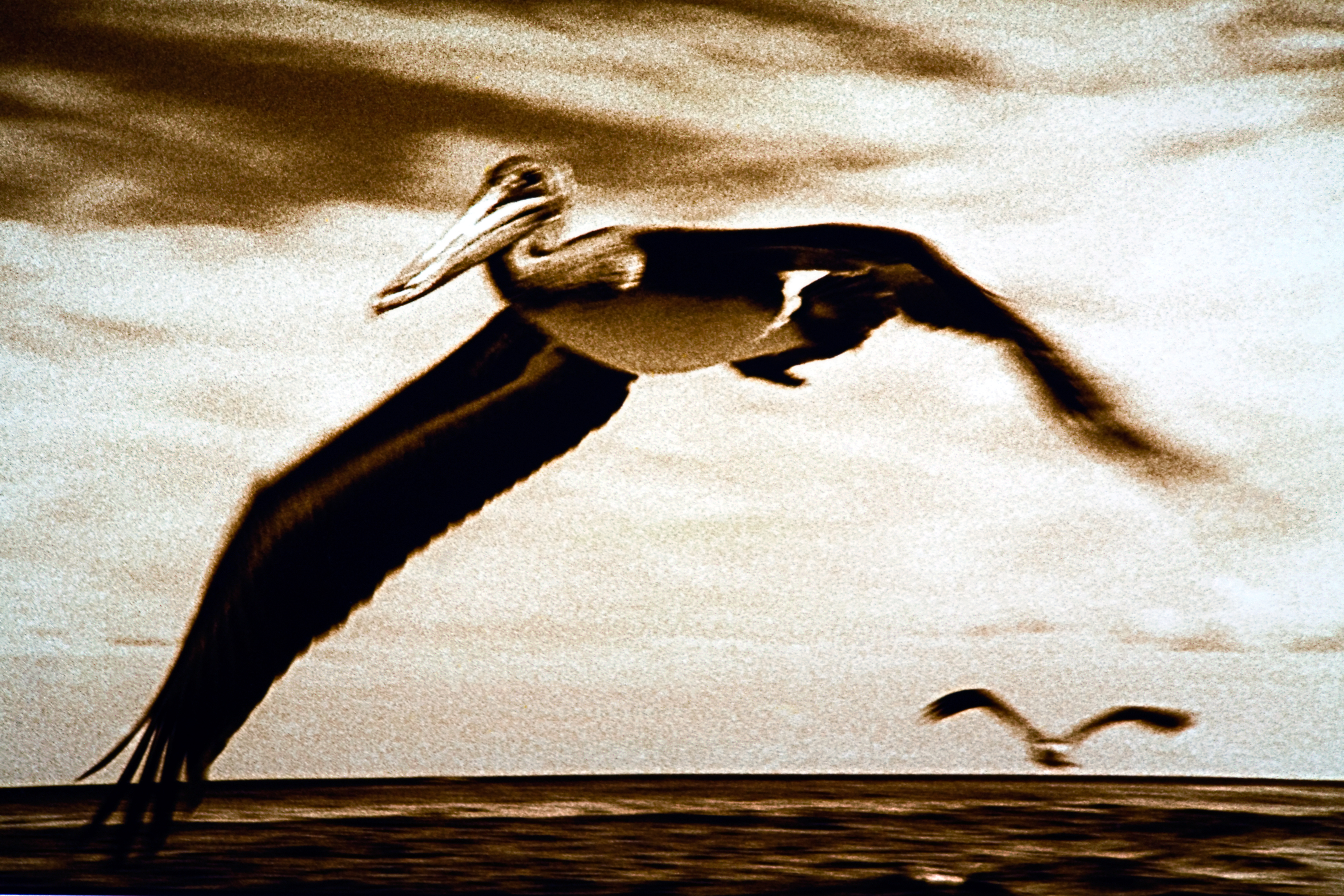


 Which ads were you most pleased with final result?
Which ads were you most pleased with final result?
It’s not so much favourites I have, it’s more that some work makes me feel calm when I look at it. Because it’s so well finished.
I love ‘finished.’
But probably the ‘Birds’ for Silk Cut.
Maybe the ad I did with Graham Fink, at the time it was one of the most expensive press ads ever produced. The whole thing is a 3/4 life-size scale model.
A film set. The bigger you blow it up the more you see going on in the street.
I shot it on 35mm.

I also like the B&H ad I did with Nigel Rose.
It started life as a holiday snap, an early evening table setting on the elegant terrace of Villa D’est, in Lake Commo in the Italian Alps.
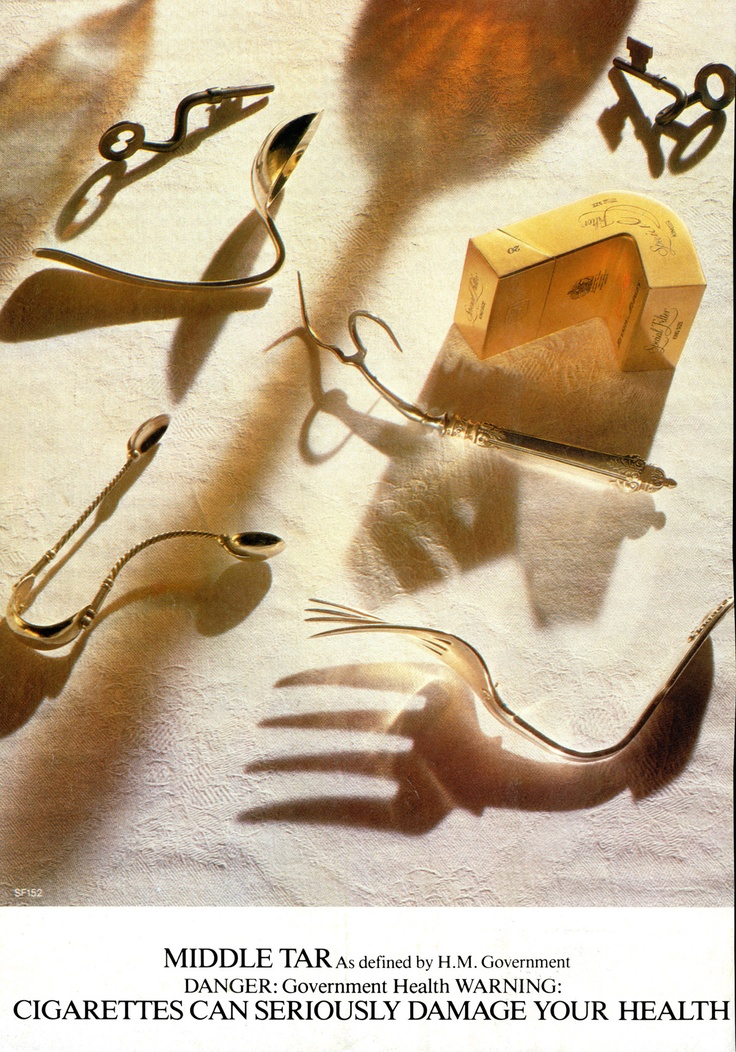
Film wise, the Guinness work with Rutger Hauer was my own high water mark, not only performance wise, but also for inventive art direction.
Oh, and the ‘Is there anyone out there’ for Samaritans. My own Solaris.
They both took me into other worlds, like good stories should.
Did you meet your photography heroes?
Howard Zieff used to come to Vic’s studio whenever he was in London.
I hung on every word.
Don Mc Cullin I photographed.
He made me feel my profession mattered.
I spent time with Roger Ballen in South Africa, we talked and talked.
He took me on a journey into the dark night of the soul in many deep conversations about the meaning and inner power of photography.
Terry Donovan. We both worked as Film Directors out of James Garret’s.
Both Terry and Jim taught me much about life.
Including one of my greatest lessons in photography.
It’s in his book ‘Beady Mincers.’
One day we sat drinking coffee, looking out of the window of Garrett’s, gazing down onto a busy Mayfair street, ‘Look at it…It’s alive…Like a river…People moving up and down…Back and forth…And they will never reassemble ever again, in the exact same place or order.
So when we take a picture we really do capture a moment that will never come again, now is gone as I speak…and the future has not yet come … the past is gone in the blink of an eye…but we photographers capture it forever…at 125th of a second…that’s a kind of magic isn’t it?’
The older and wiser I get, the more his clever observation resonates.
Even more so, now he’s no longer around.
We need magic.

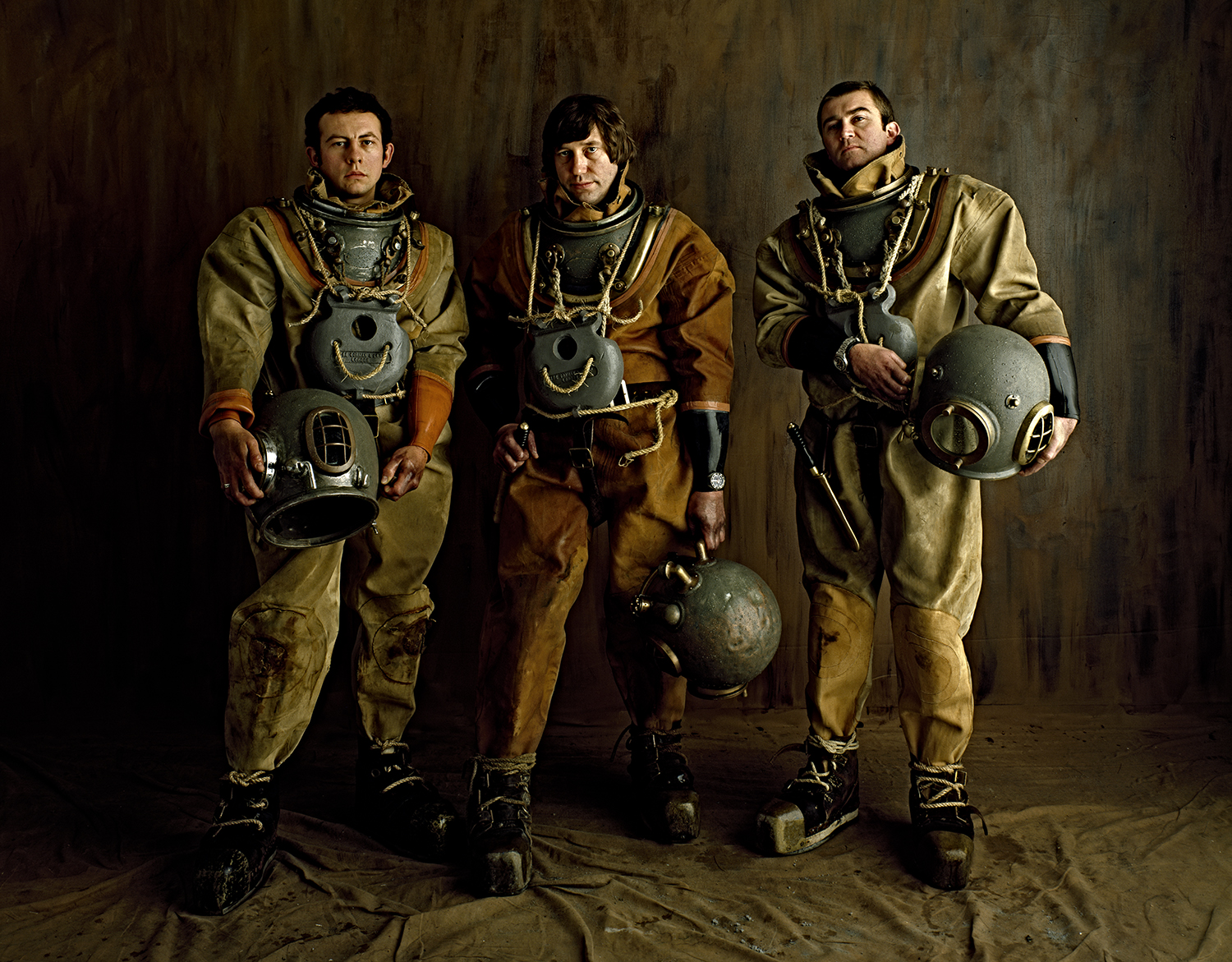
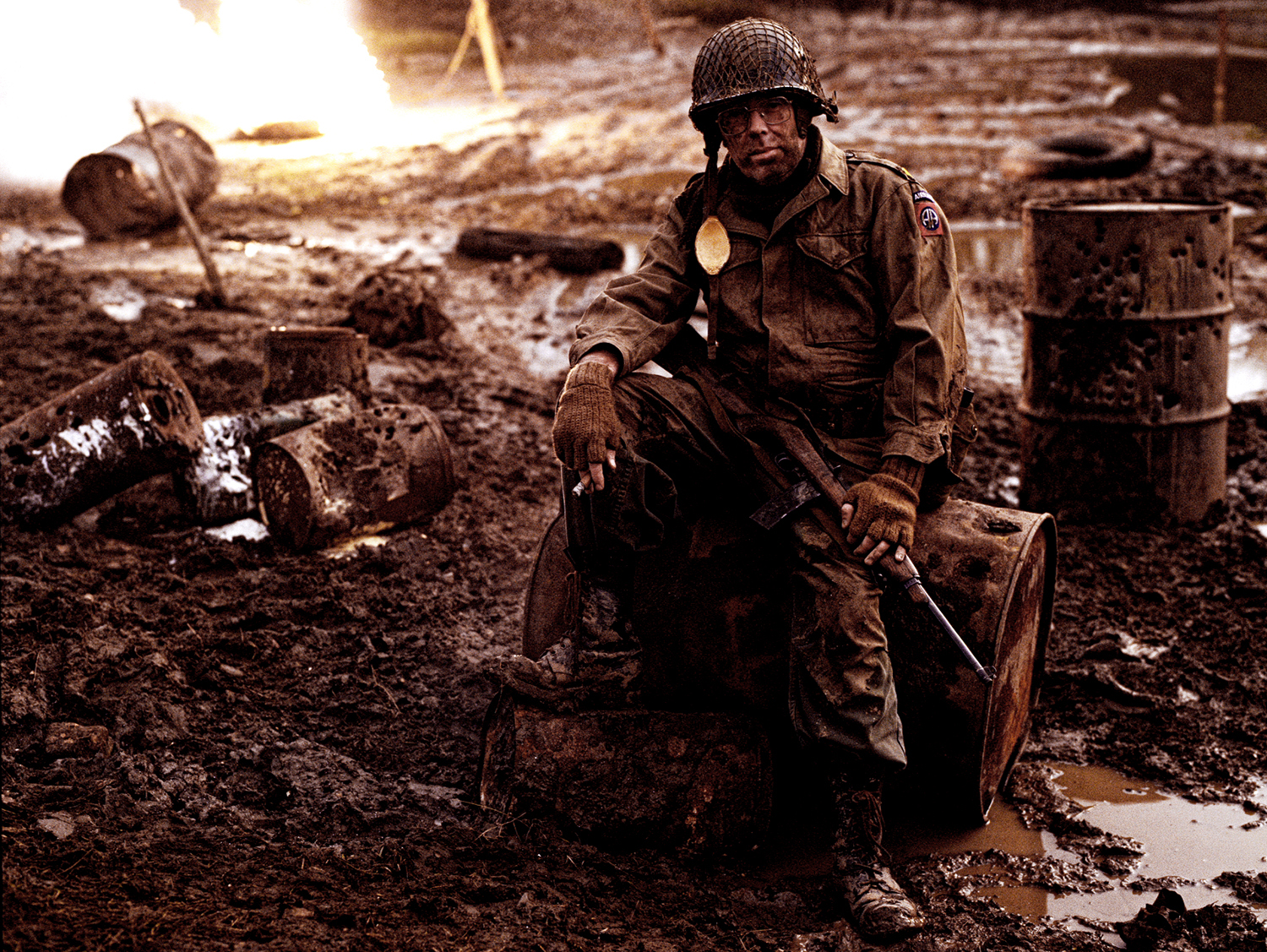
You nearly shot a feature film?
Yes. Came close, but not close enough.
When I ran my production company I set up a section to make features.
I had quite few on the go. Six I think.
My favourite was an adventure based on the lost notebooks of Leonardo da Vinci, who disappeared from ‘recorded’ history for a number of years.
The script was written by the guys who wrote the original Avengers.
So it was good. Quirky.
Then there was a noir gangster story from a book about Vietnam called ‘Vets’ by Stephen Leather.
Another script concerned Mary Reid and Anne Bonnie, the two female pirates of the Caribbean, more factual and long before the Johnny Depp/Jerry Bruckheimer extravaganza.
It was historically factual, written by Chris Robins, who wrote the definitive book on Carlos The Jackal, The Krays, and Air America.
Script development and marketing costs on so many scripts were high.
And we did it properly, but it’s a tough game.
Eventually I’d brought in Richard Gregson. An experienced Hollywood agent and a brilliant script editor.
He’d worked for years with Donald Sutherland and Robert Redford in Hollywood.
(He recently published a book called ‘Tales from the Hollywood Hills.’ It’s a good read.)
I wrote a script which he edited and got Donald Sutherland interested in.
It got as far as Hollywood, but we kept getting into re-writes as different backers came and went, changing cast and storylines.
In the end it took so long we lost Donald, who went off to make ‘The Jackal.’
After that, he was in such huge demand we couldn’t get him back.
In the meantime my producer died and my partner in the company left.
I carried on, but I was no business man, and to run a production company you need someone with real financial skills. That wasn’t me.
Eventually the company went belly up and the film slipped away.
Close, but not close enough.
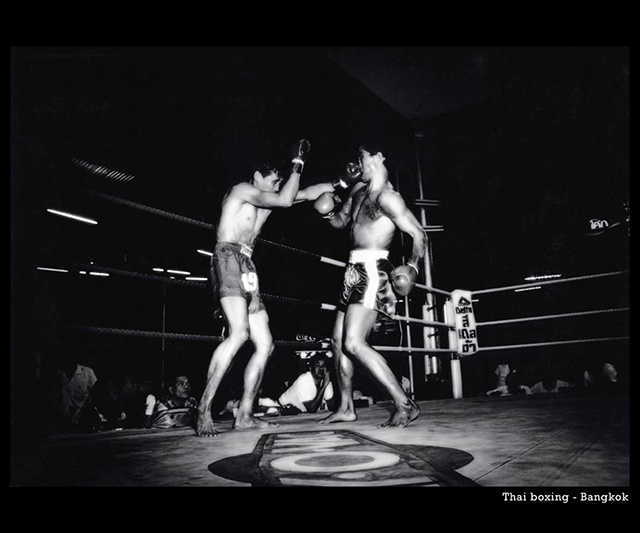
Were you difficult to work with? Arden called you difficult and he’s generally regarded as the Chairman of Difficult.
I don’t think I am, I just have a point of view.
Unfashionable as that is these days.
Sometimes I’m sure I am, I don’t suffer fools.
I’m very stubborn and like anyone I can get out of bed on the wrong side some days, especially when I’m stressed.
I remember Simon Dicketts and Paul called me in to do a film for Amnesty International; An agonised face pushing deeper and deeper into stretched rubber, replicating Edvard Munch’s ‘‘The Scream’.
A visual allegory for a suicidal state of mind.
We agreed to shoot it on grey stretched Durex rubber.
Just before the shoot Paul rang up and said he wanted me to shoot it on red rubber too, ‘Just in case.’
‘Just in case of what?’ I asked.
Paul spluttered obfuscation. I knew then we were headed for agro. But my Producer didn’t want to upset the great Saatchi’s, so he got me to agree to cover it both ways.
Much against my better judgment.
When we saw the rushes it looked great on grey, so we cut the grey film.
Paul rang me and asked to see the red.
I said I hadn’t selected it.
He came down the phone with a prickly ‘ WHY NOT?’
I started seething and came back ‘BECAUSE I DON’T FUCKING LIKE IT!’
I come from the North and we swear a lot up there.
People didn’t like that and it didn’t help.
He shouted back ‘I’M THE CREATIVE DIRECTOR, IF I SAY WE CUT A RED ONE WE CUT A RED ONE…OR YOU’LL NEVER WORK FOR ME AGAIN!’
My Producer freaked, begging me to at least cut it and let him look at the red one.
Especially if I was so sure the grey one worked best.
Again against my better judgment I asked Terry Jones, the film editor to prepare the red version. The following day we sent it round to Saatchi’s.
Paul’s Producer came back with ‘Paul loves the red and wants to go with it !’
I freaked and called him up.
He started to splutter ‘IF I SAY IT’S RED IT’S RED, AND I’M SAYING IT’S RED…O.K?
I went ‘Director’ steely ‘OK! … GET THIS PAUL, THIS CHARITY FILM, SAATCHI’S DIDN’T PAY FOR IT, I DID, I GOT THE CREW TO WORK FOR ZILCH, I PAID FOR THE FILM STOCK, THE STUDIO AND THE EDITOR…AND IF YOU KEEP ON WITH THIS BULLY STUFF I’M GONNA BURN THE RED NEGATIVE…O.K?’
There was silence at the end of the phone for a beat, then he came back, not spluttering this time, he’d gone snake eyed cold.
‘DO THAT AND WE’LL NEVER WORK TOGETHER AGAIN, YOU’LL NEVER SET FOOT IN THIS AGENCY AGAIN…WHAT DO YOU SAY TO THAT?’
I slammed the phone down.
At that point Paul and I had worked together on and off for ten years.
Even before he first went to Saatchi’s.
The next day neither Paul nor I were talking and I had gotten the neg of the red film back from the lab, I’d moved it to my home, ready to burn it in the back garden.
Meanwhile, the Producers made a deal, Amnesty International was the client, a client I ‘d worked for before and liked, and everyone knew Paul and I loved each other, but our joint hubris had pushed things beyond the sensible.
They had a suggestion ‘Why not let Amnesty decide? After all it is for their charity?’
We both agreed.
Amnesty took a look. They bought the grey one.
Months later, at my ‘come back’ meeting, he smiled, a winning smile, with that immense charm he was capable of. He leant over and said ‘Toni preferred the grey too, so maybe you were right …’
(
Toni was his wife who he worshipped.)
The film won a Silver at D&AD and a rack of other awards.
Paul was a fighter and so am I, it’s why we got on, and why we sometimes fell out.
Okaaay…I’m gonna put ‘Yes, difficult bugger’.


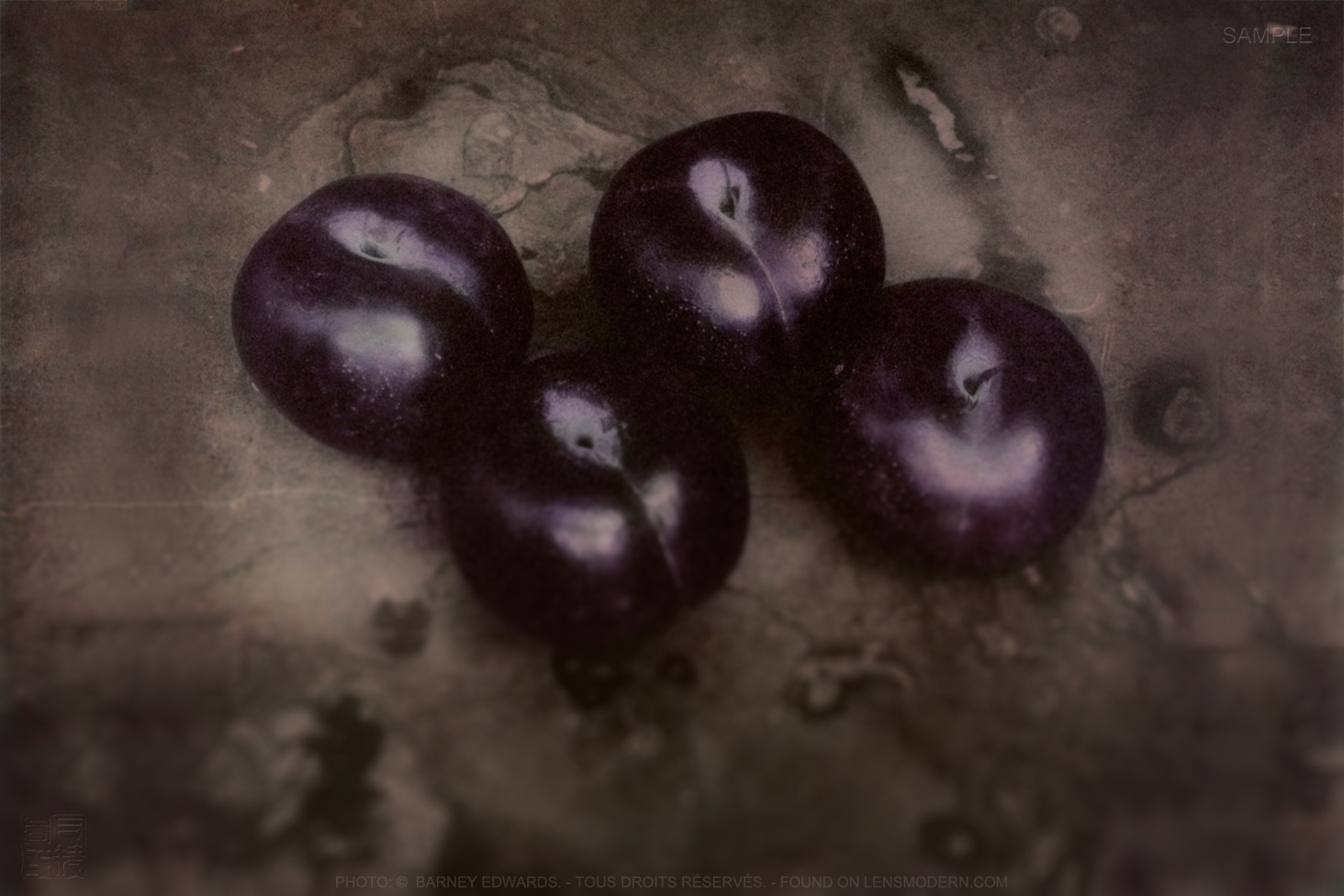
Why go into commercials?
As a photographer I was known for doing big production numbers, I ticked all the boxes, B&H, Silk Cut, won a bunch of yellow D&AD pencils.
Then one day someone says ‘How would you like to be a Film Director?’
What would you say?
It wasn’t easy, the mother of my son, Diane Sanders-Edwards, was a brilliant stylist and my agent. We’d built a studio and a house together, but she didn’t want to go into film.
For me it was a creative thing.
I wanted to be a Film Director.
I joined Park Village and left home.
Coming from a stills background I had to fight hard to get accepted as a film director.
Film crews dislike new directors appearing out of nowhere, especially photographers who haven’t come up through up the ranks, oh!, and ex-agency creatives too, they dislike them even more.
The film industry fosters it’s fair share of bullies and macho behaviour; ‘Bitchy Editors’ would say ‘this is film, you stills guys just lock the camera off and compose a pretty picture and move the talent around inside the frame.
Its called movie ‘cos it moves, why not move the bleedin’ camera?’
Needless to say, I learnt to move the camera; a lot!
Even becoming good at operating the camera from a helicopter.
The ultimate movement – at high speed.
As someone who’s embraced every way of capturing an image, what do you make of camera phones?
They say the most important part of the equation is the 12 inches behind the camera.
It’s as radical a change.
Like going from a big old 10×8 plate camera to a small 35mm hand-held SLR, like a Nikon.
This of course changed how we told stories – for ever.
The application of Cell Phones probably has even more impact on film making.
When I was young you couldn’t make a film.
It was too costly and complicated.
Also, the equipment had an effect on the performances.
If you wanted to move in on an actor you needed a ‘grip’ to lay track.
And then across the room trundled a big 16mm or 35mm camera on a 227kg dolly, mounted on track, pushed by a grip, with a focus puller, a camera op, and a sound man – all rolling towards you at once.
Imagine how that makes the subject feel?
Most people get nervous, disturbed by the approaching circus.
Now, you don’t even see the camera coming.
And people respond differently to a smaller camera.
It’s less intrusive.
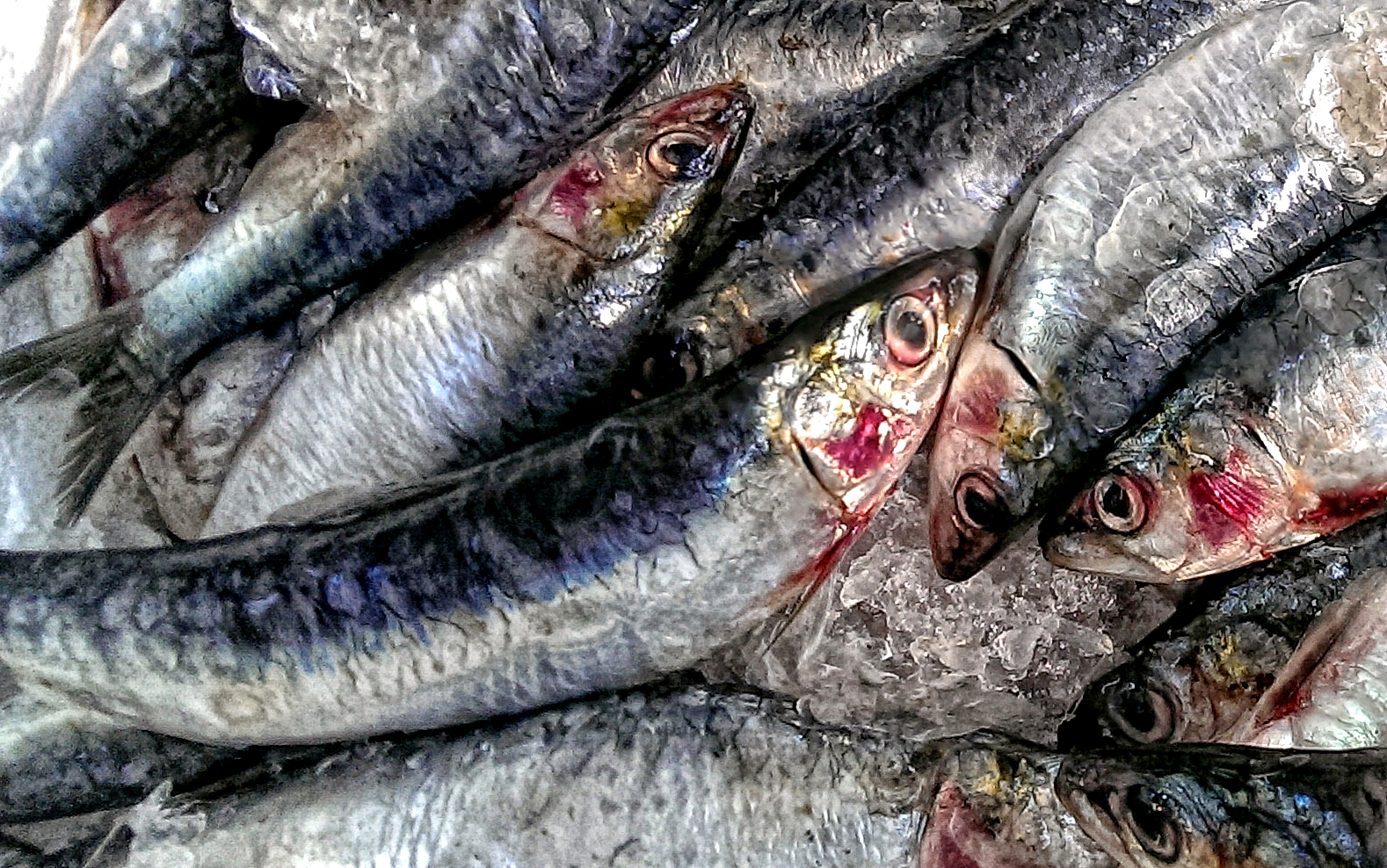
Have you used one for a job?
Graham Fink asked me to shoot with one for a job in Shanghai.,
The images were being used on 48 sheet posters, so I was a bit worried.
It made me practice shooting on my cell phone for months before.
It was a viral campaign built around me teaching photography to Chinese Art students.
It taught me as much as it taught them.
Now I use my iPhone like an artist uses a sketch book, to record and learn.
(Never forgetting that it could go out on broadcast t.v. or make a 48sheet poster!)
As with most things in life, there are pro’s and con’s with cell phones, but whatever they are, I’d be crazy to suggest shooting on cell phones is not the future. It is.
At the moment I’m shooting as much as I can on them, practicing and exploring how a cell phone image can match a painting.

What are you currently shooting most with?
The main workhorse is my Canon 5D, because it does stills and film.
I often do stills and film back to back now, using both disciplines to create a story that feels like it comes out of the same womb. A definite plus born out of digital.
On stills needing big repro solutions, lots of detail, I use the medium format Mamiya, Phase One DF – P65 body with an 80mm Schneider lens tethered to a 30’’ NEC screen.
It reminds me of 10×8. …I like it.
If I’m shooting a film alongside stills – I use a Sony F 55. Super 35mm – 4k – 2k – H.D. Or an Arri Alexa or Red Epic Dragon.
Always with Cook High Speed lenses.
Then the look of both the stills and the film are pretty compatible.
Yep, good combo…I was going to suggest those.
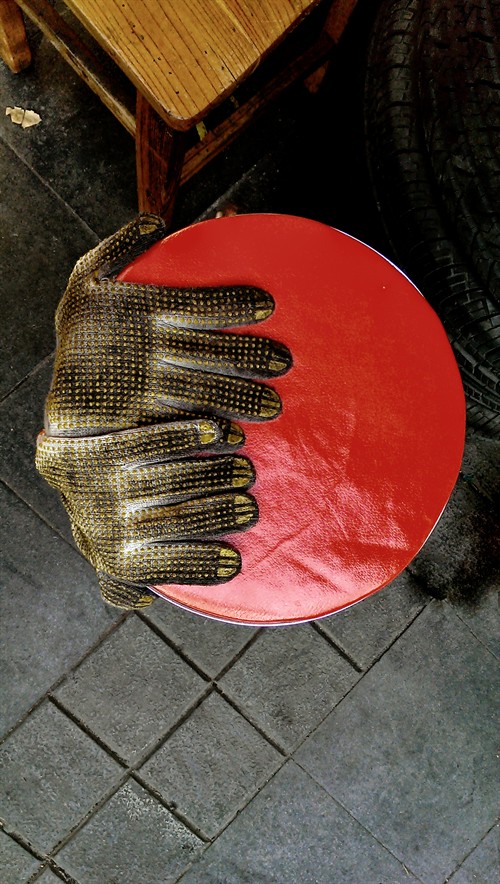
Do you think digital technology has helped or harmed photography?
Motown music has an undeniable purity all it’s own, but for most people it’s passed it’s sell by date.
But it sounds fresh today.
So when I talk about how things were better before, it’s more an observation on ‘the quality’ of a special time, than sour grapes.
I was spoilt.
I enjoyed photography at the height of it’s predigital level.
It was pure.
The high ground was held by artist ‘auteur’ photographers who learnt their craft through hard graft and experience on the street.
Then something changed, like Mumford & Sons stole the soul; replacing it with commercial packaging. Photography did the same.
With the arrival of the computer came an army of artistically uneducated computer nerds who set up as retouchers and photographers. Everyone was suddenly ‘an artist.’
Our bench mark used to be ‘Can you light and print?’, nowadays most photographers don’t know how to make a b&w print.
Ink jet printing is quick and clean, so everyone embraces it.
Working in the dark room was painful and hard. When you cocked things up it was usually terminal. And you sat with your head in yours hands and swore you would never make the same mistake again, and usually you didn’t, that’s how we learnt; from the mistakes.
Now you just click ‘undo’ and go again.
I guess I’m saying less pain – less gain.

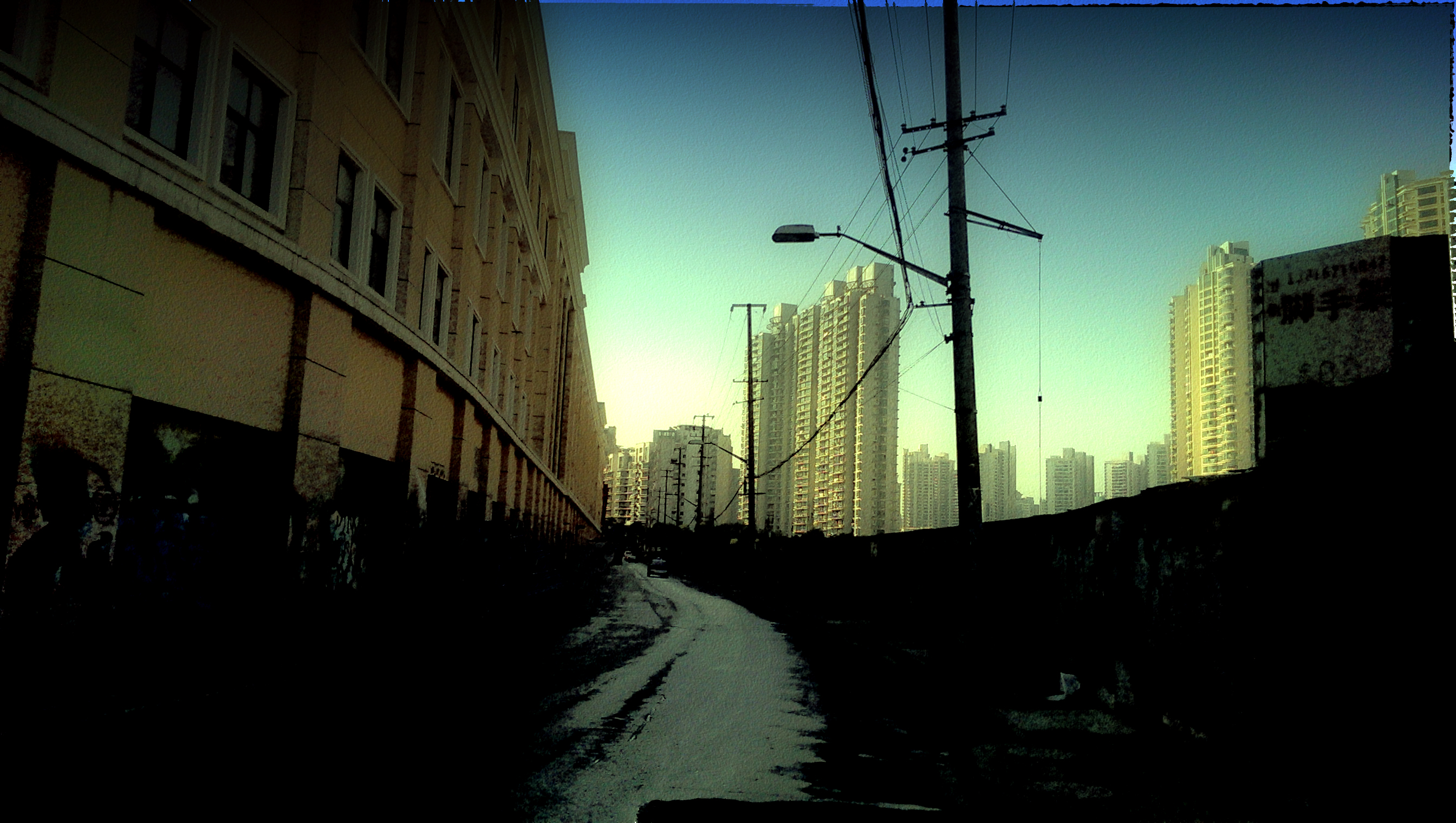
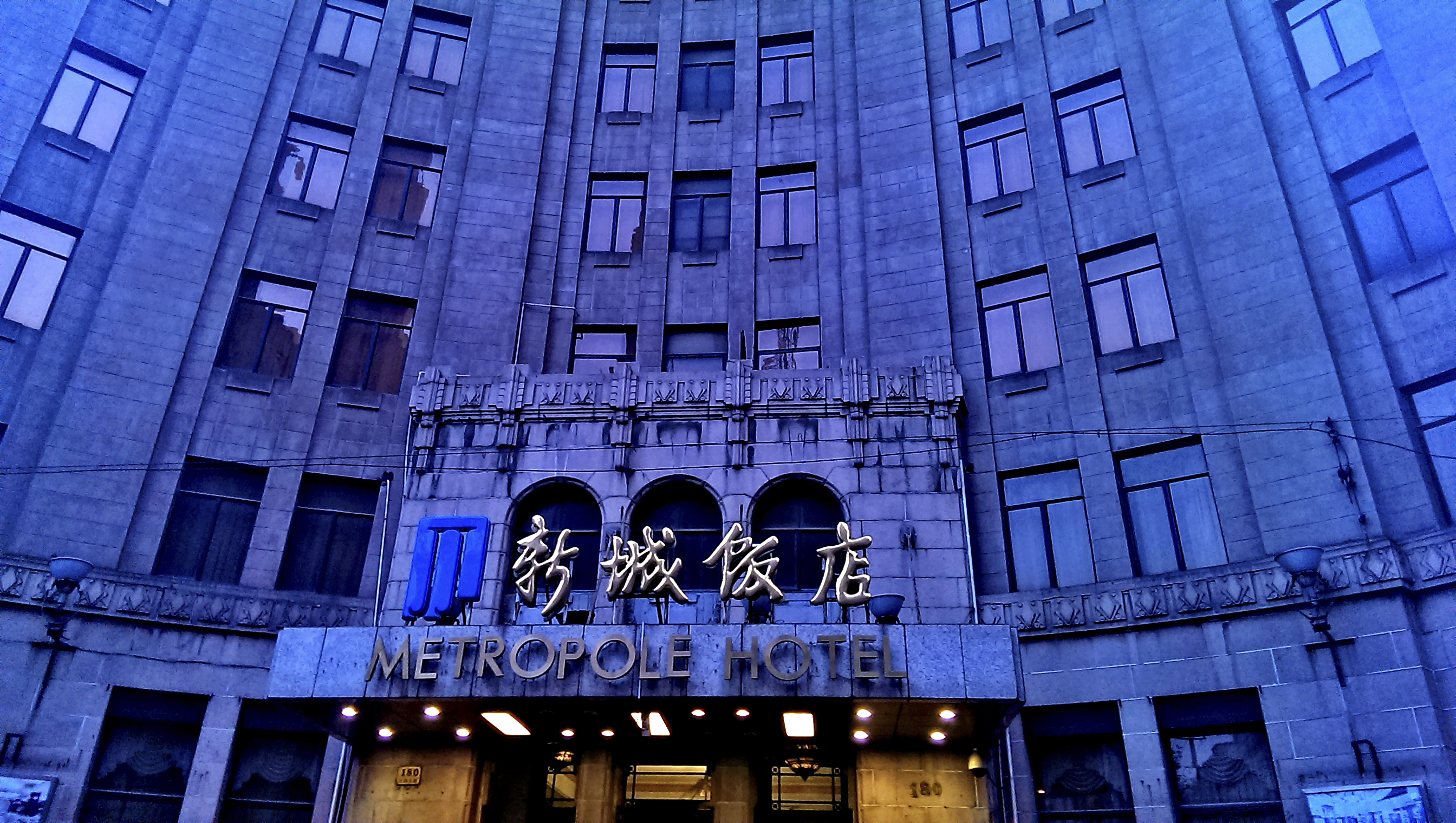

But do you see many images that you love?
BARNEY: There used to be many iconic images produced. Not so many anymore.
Guys like La Chapelle and Fiscus have brilliantly bridged the gap between illustration and photography, cleverly pulling off what we struggled to do with film, paint, lighting, retouching inks and brushes.
I use digital and there are some things about it that are a real help and a pleasure.
But in my humble opinion; the general, overall standard of photography has actually gone down, not up.
They still teach old style printing at colleges, my son is being taught it at the moment.
Colleges are now set up to make money from teaching, creating successful profit centres has become more important than teaching.
Blind men now educate and lead the blind.
Uni was never an improvement over learning at the coal face anyway, but it’s definitely got worse.
When I teach; I come across students who can’t use strobe properly after three years at Uni.
They are taught they can ‘light things’ in Photoshop.
They have never heard of Jean Luc Godard, Marcel Duchamp or De Chirico.
Painting and books give you back stories to build on.
Teachers now have academic qualifications, but no ‘been out there on the street and had to get used to it’ qualifications.
Photographers used to have gravitas gained from life experience and a sense of adventure and exploration, now, most people teaching photography have gained their knowledge via a quick click on Google or Wikipedia.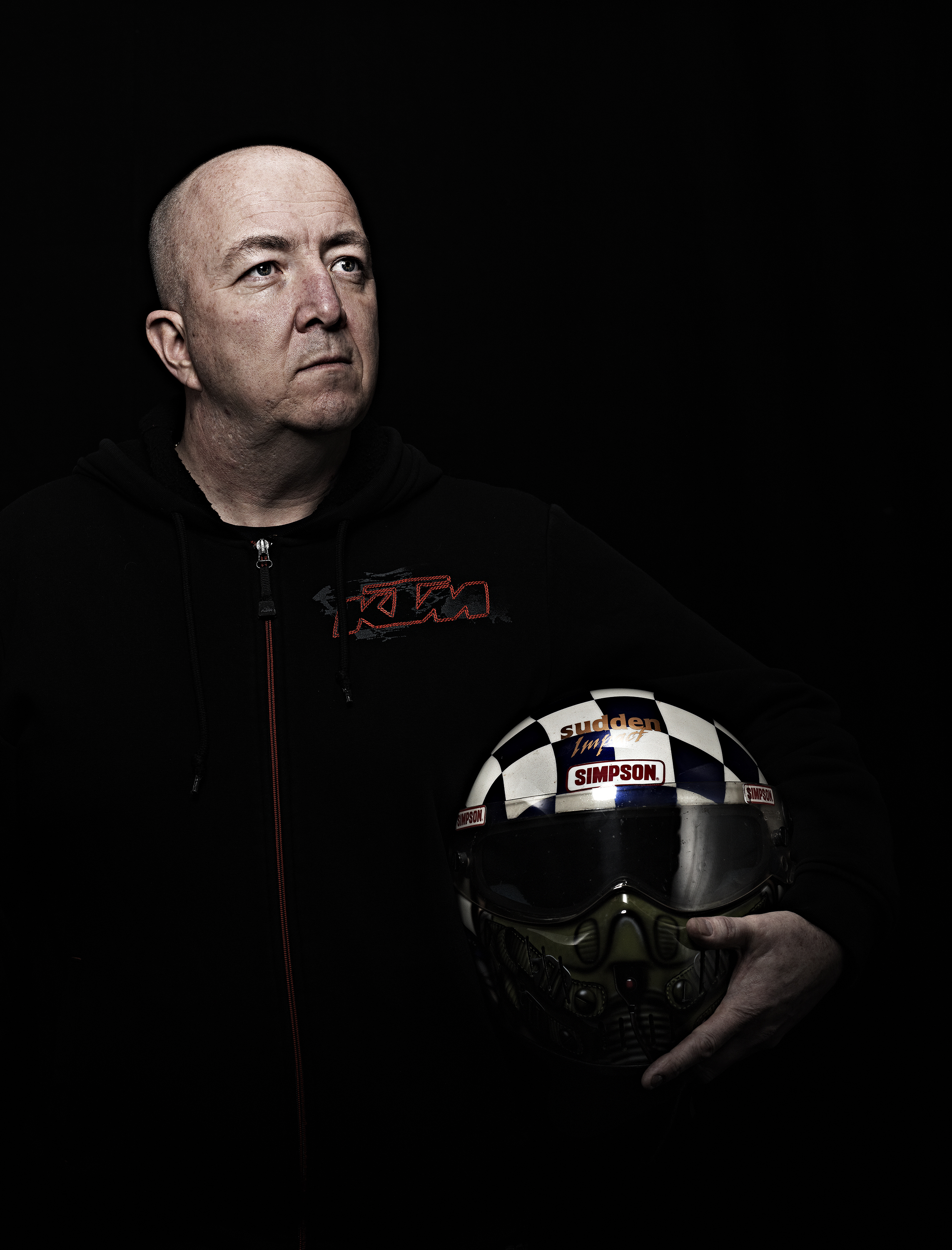
Do you still print your own stuff? It used to be a big part of your images.
No, I send my stuff to Bayeux, in Soho.
They’re very good, but it’s not my hand and eye so a compromise gets made.
This era fosters creative compromise.
Colour printing always got sent out, but I was a master b&w printer and did it myself.
I could add a lot in the darkroom.
If you look at the earlier photographers, you’ll find most of their most dynamic and insightful work is b&w.
The majority of modern work is in color and I think the disappearance of the ‘personal’ darkroom is a big part of the reason.
Creatively, it’s very sad because b&w is the most interpretive; and consequently the most truly creative process in photography.
Experienced b&w photographers know it’s a harder medium to succeed in because you can’t ‘see it’ in b&w, not when you’re looking through the lens.
You have to pre- visualise and value and interpret the colours as tones.
Most pictures work in colour. Many don’t work in b+w.
Photographic printing is a special art that’s dying.
Most of the b&w you see now is really colour made b&w . It’s not the same.
I miss printing, though it was messy and time-consuming.
Less pain, less gain.
 Finally, which photographers do you admire today?
Finally, which photographers do you admire today?
ANNIE LEIBOVITZ. To get this perfect must be tough!
“A thing that you see in my pictures is that I was not afraid to fall in love with these people.” — Annie Leibovitz.

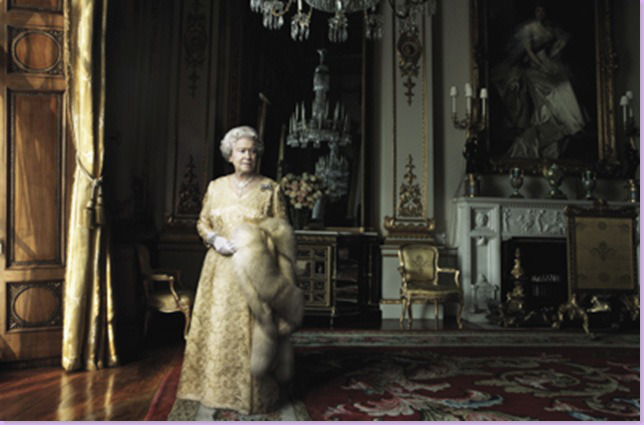
JIM FISCUS. A window into another world.
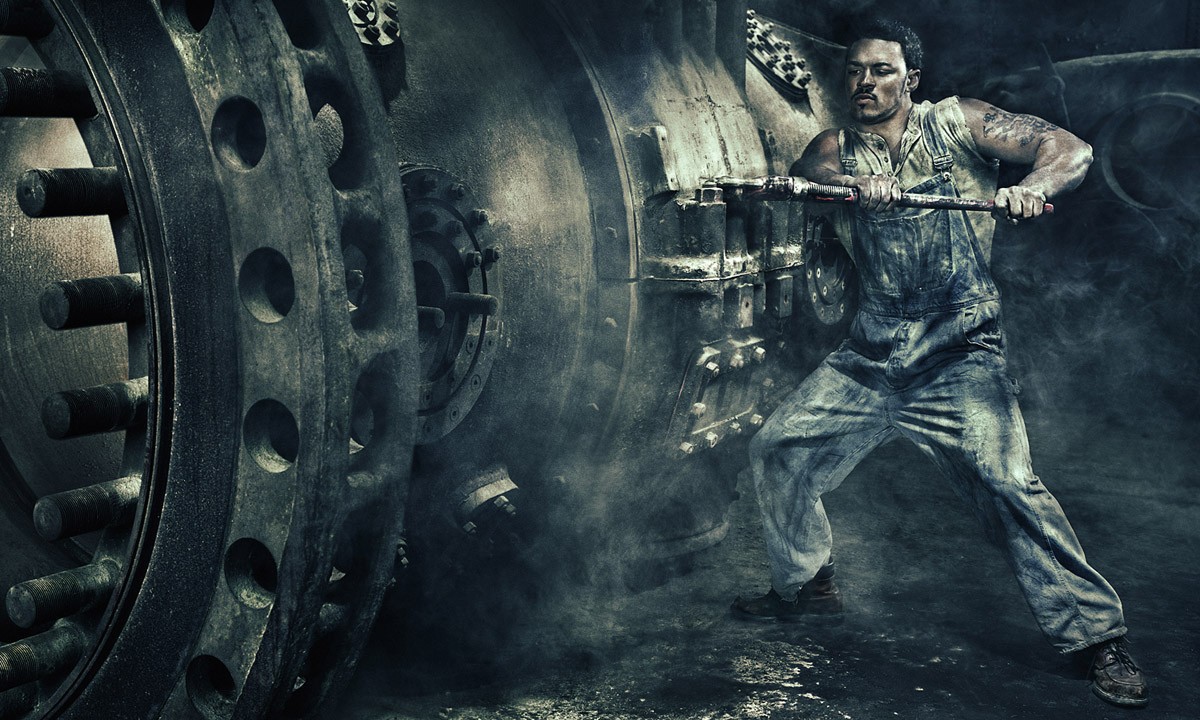
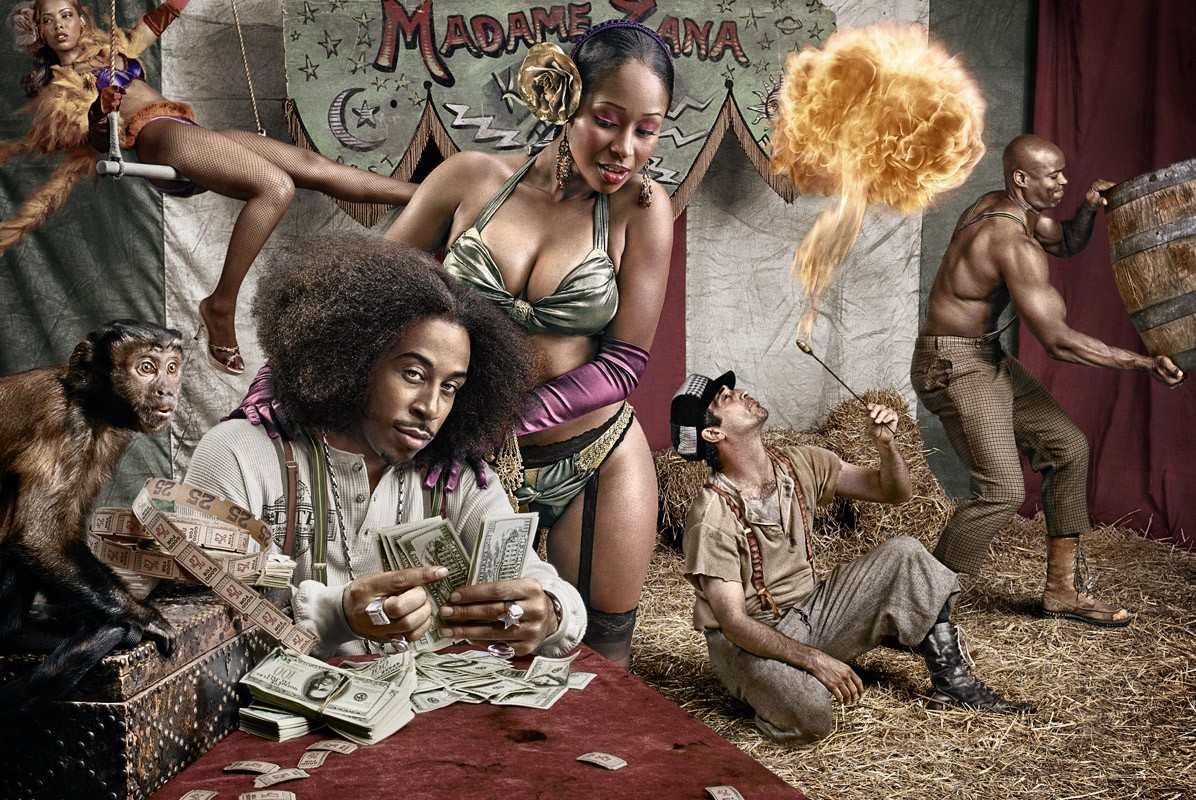
TONY KELLY. It looks easy, trust me, it’s not. This boy has moves.
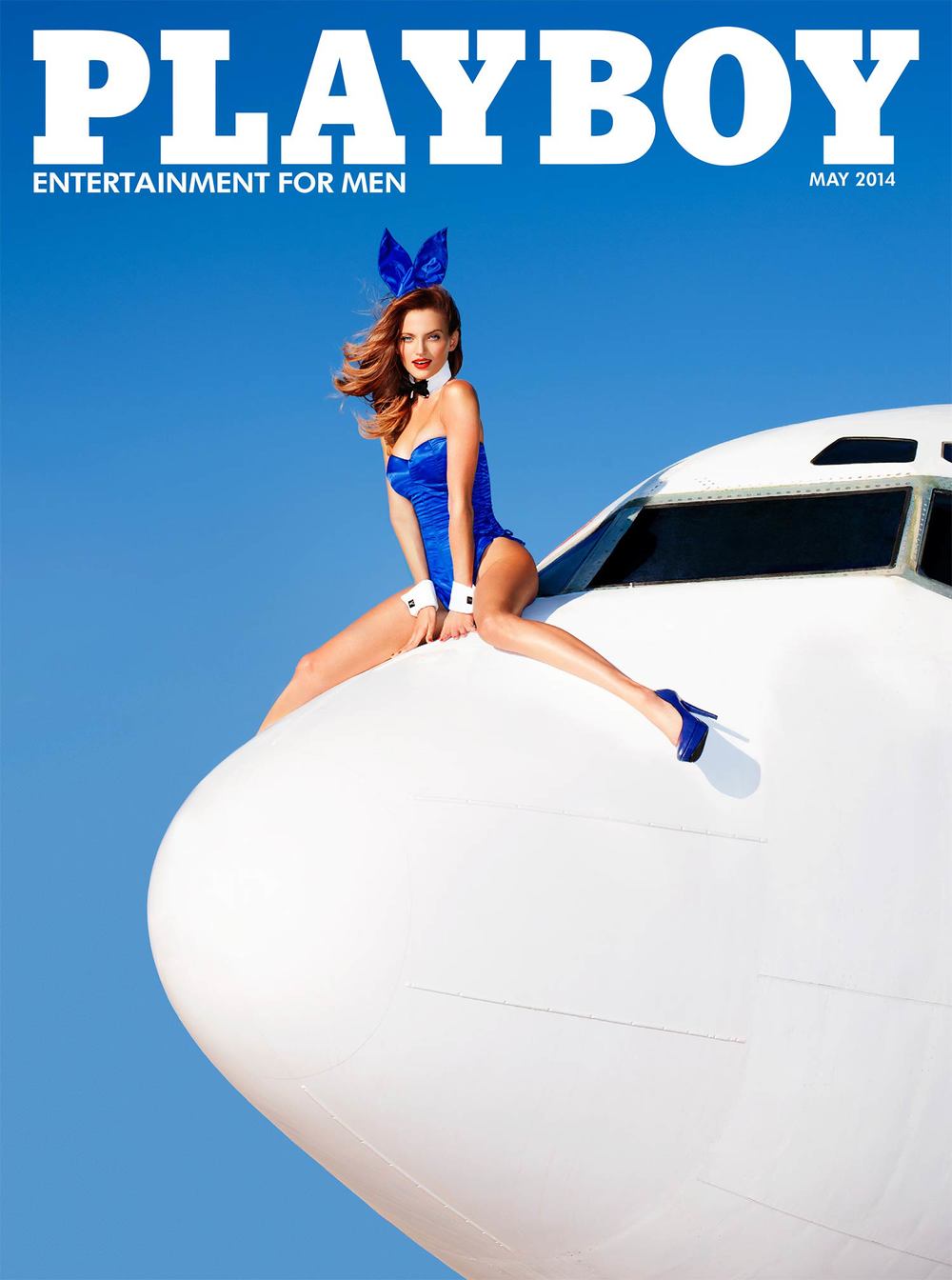
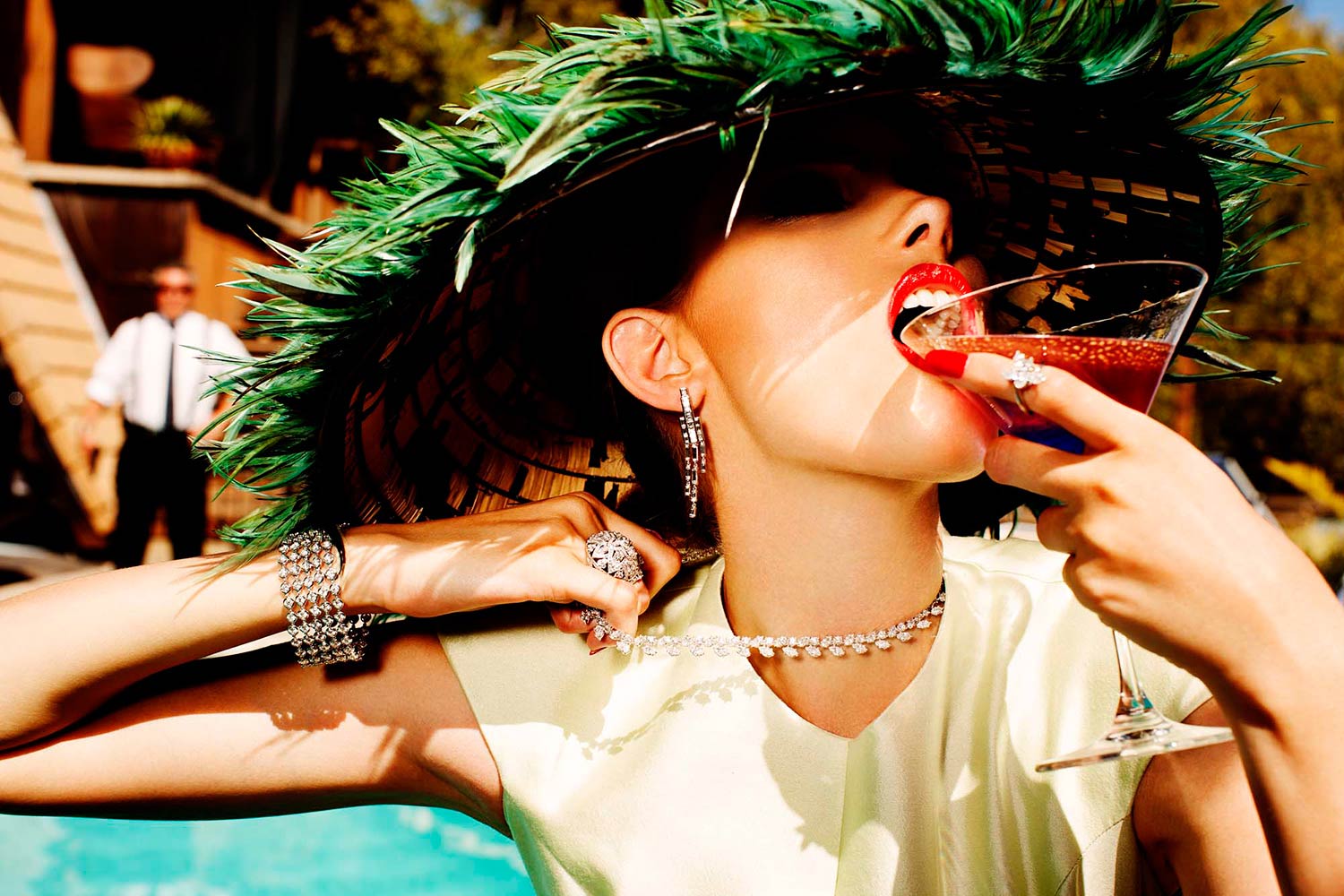
DAVID LaCHAPELLE. What can you say? This is digital art. DaVinci has landed!
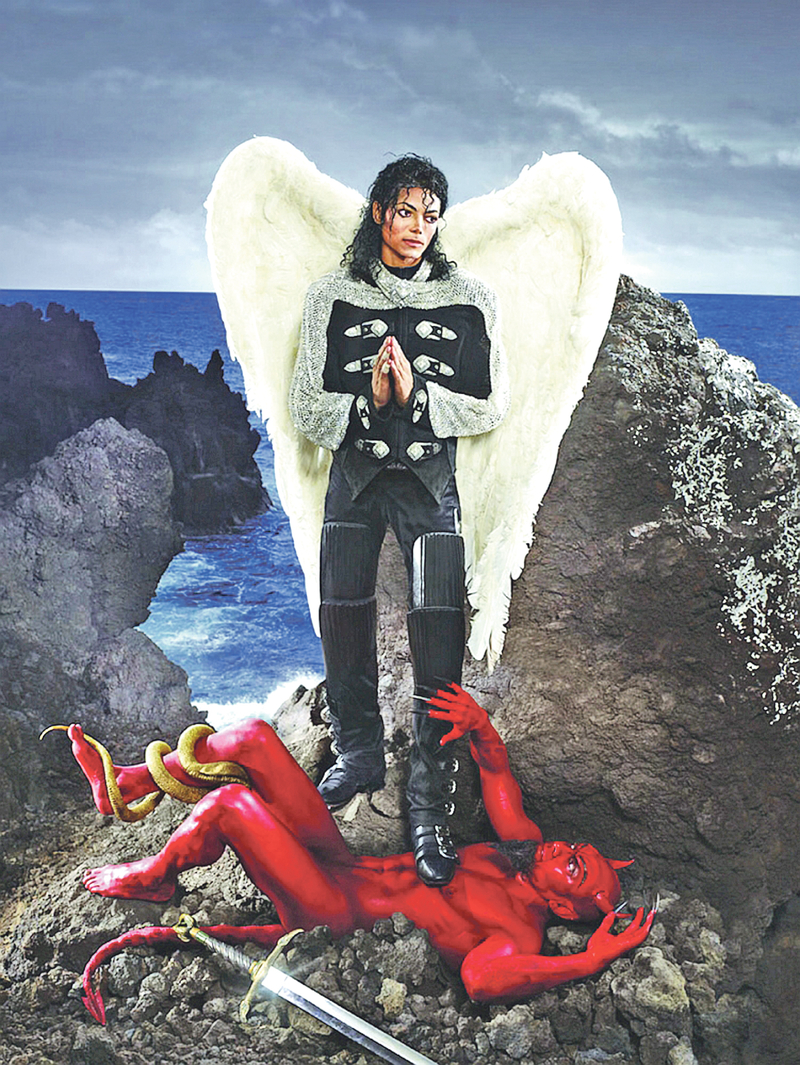
GIAMPAOLO SGURA. He knows ‘the eyes are the window to the soul.’


PATRICK DeMARCHELIER. Where beyond words! meets Art.
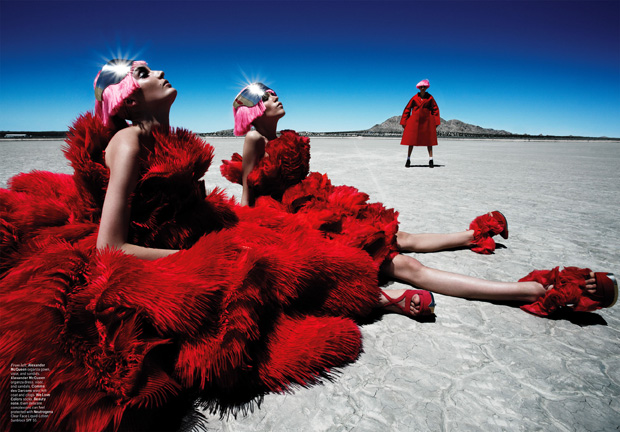
BRIAN GRIFFIN: He shoots images I wish I’d made.


Excellent, thanks for your time Barney.



Barney Edwards In Camera No. 6 – “We used the same tailor.” who was that then…
Excellent post – respect
Thanks Stephen Kirk I hope you’re keeping well !
Great post Dave. Do you take requests? Would be great to see a whole post about Paul Arden/his work
Great post as always Dave.
Makes it worth the near meltdown my computer has when going to this data-heavy site.
Hey Ali, Paul Arden is on the way,
ADL, Thanks and apologies for the wear and tear on your computer.
Best,
D.
Just to put the record straight, I believe the ‘attraction of some gold pens soon wears off’ was shot by David Thorpe.
Brilliant article. Makes me wonder when we lost craft.
I never worked in the era talked about in this post, but I wish I could have done. It’s what got me interested in the business. The quality of writing, the art direction, the attention to detail. It seems all but lost.
From being in the darkroom at 15 to studying graphics/typography at uni, I thought I was headed similar things. But most of it all seems to be for nothing these days. Clients don’t really care, they mostly have brand templates and style guides and want everything yesterday.
Was it the digital age forcing quicker turnarounds and smaller budgets?
Thanks Ed, I’m an glass half full kind of guy, so I think people will tire of the mundane, I think interesting stuff may start breaking out. Best, D.
I would very much like to know how to get in touch with Vic Pinto.
I am an old friend and will be in London July 2017
Hi Rudi, long time since I was your assistant in NYC !
Dave, I worked for Vic in London, in the ’60s Met Rudi there and moved to NYC in ’66
now living in Puerto Vallarta, Mexico.